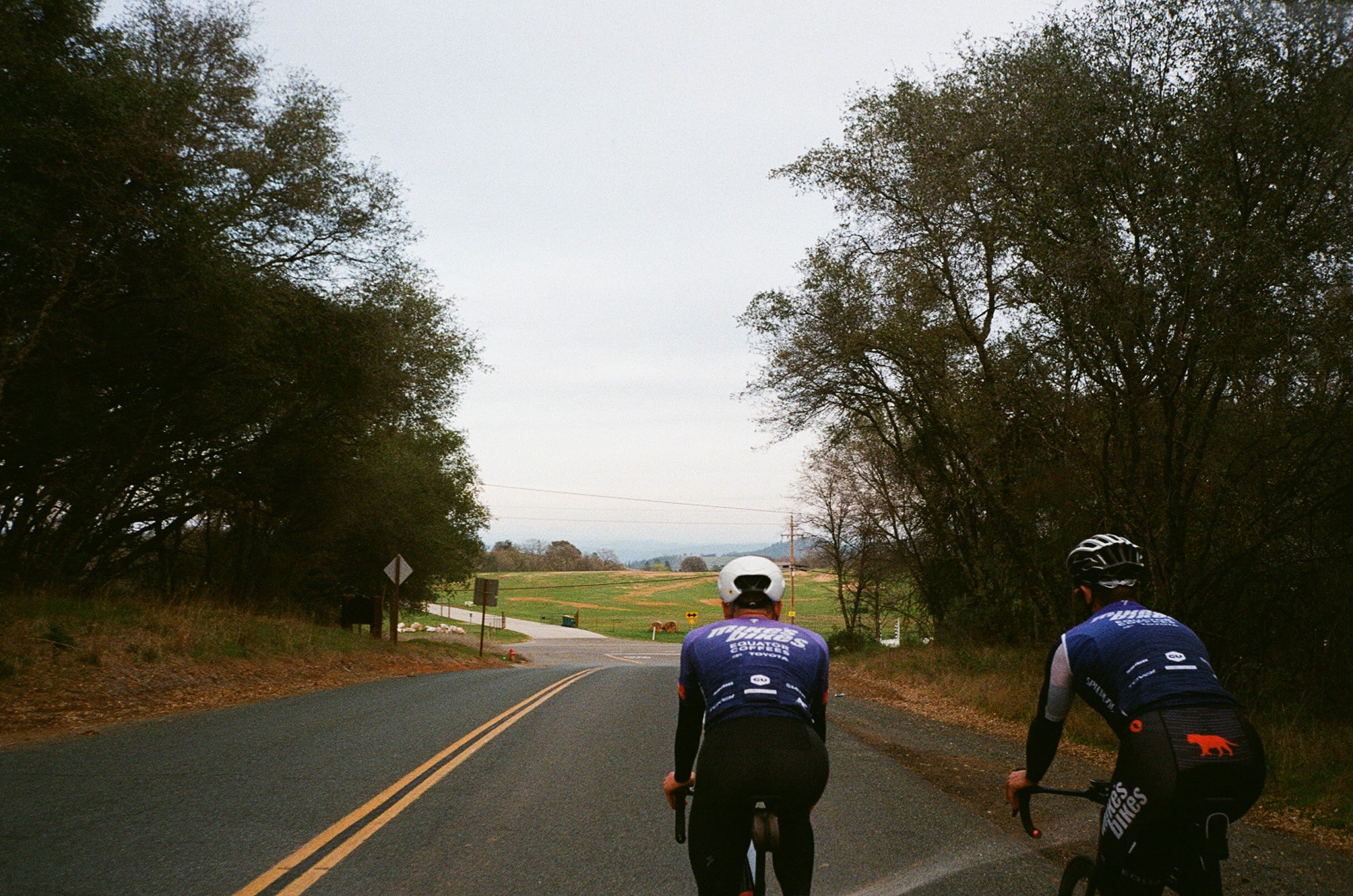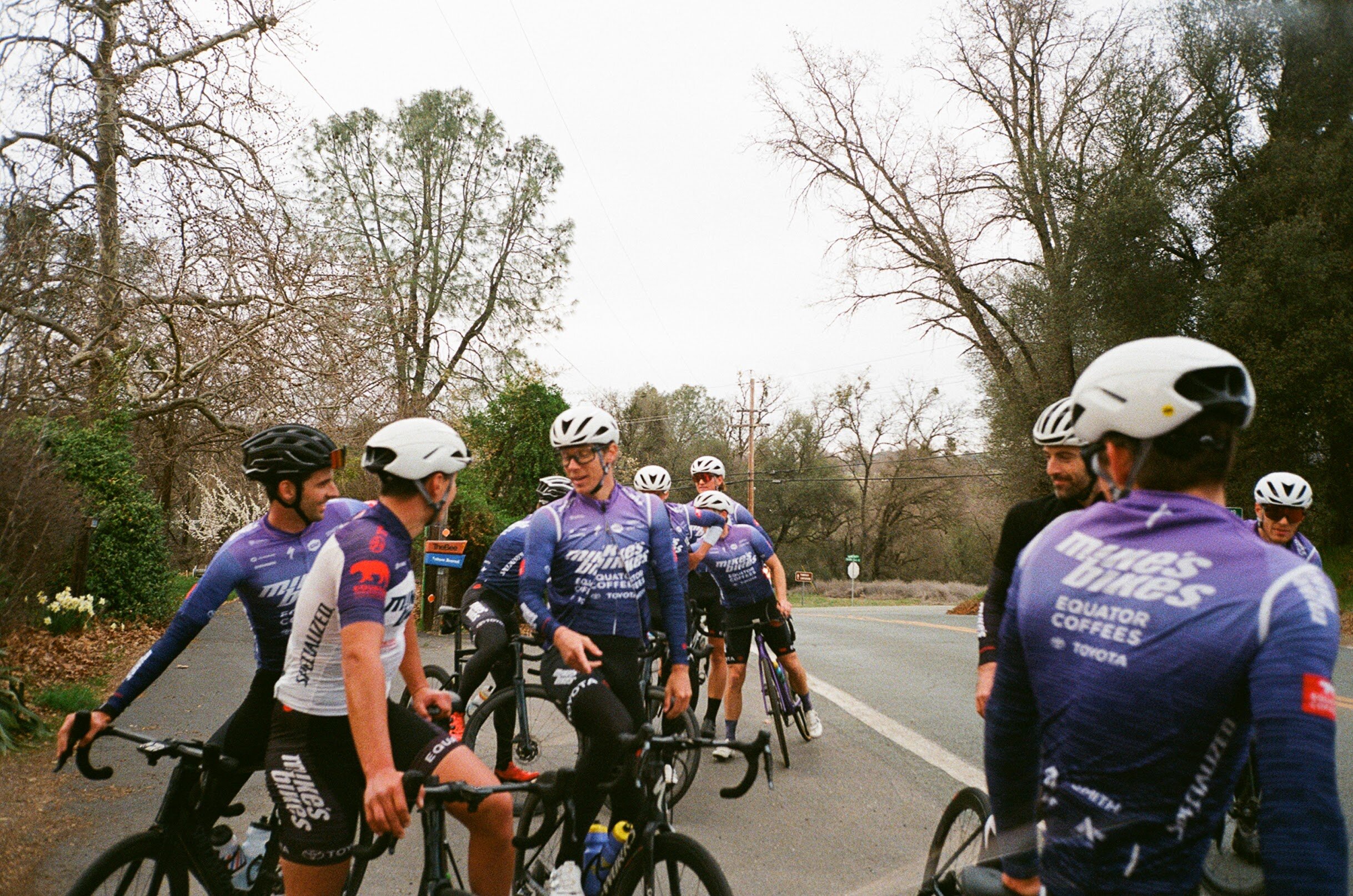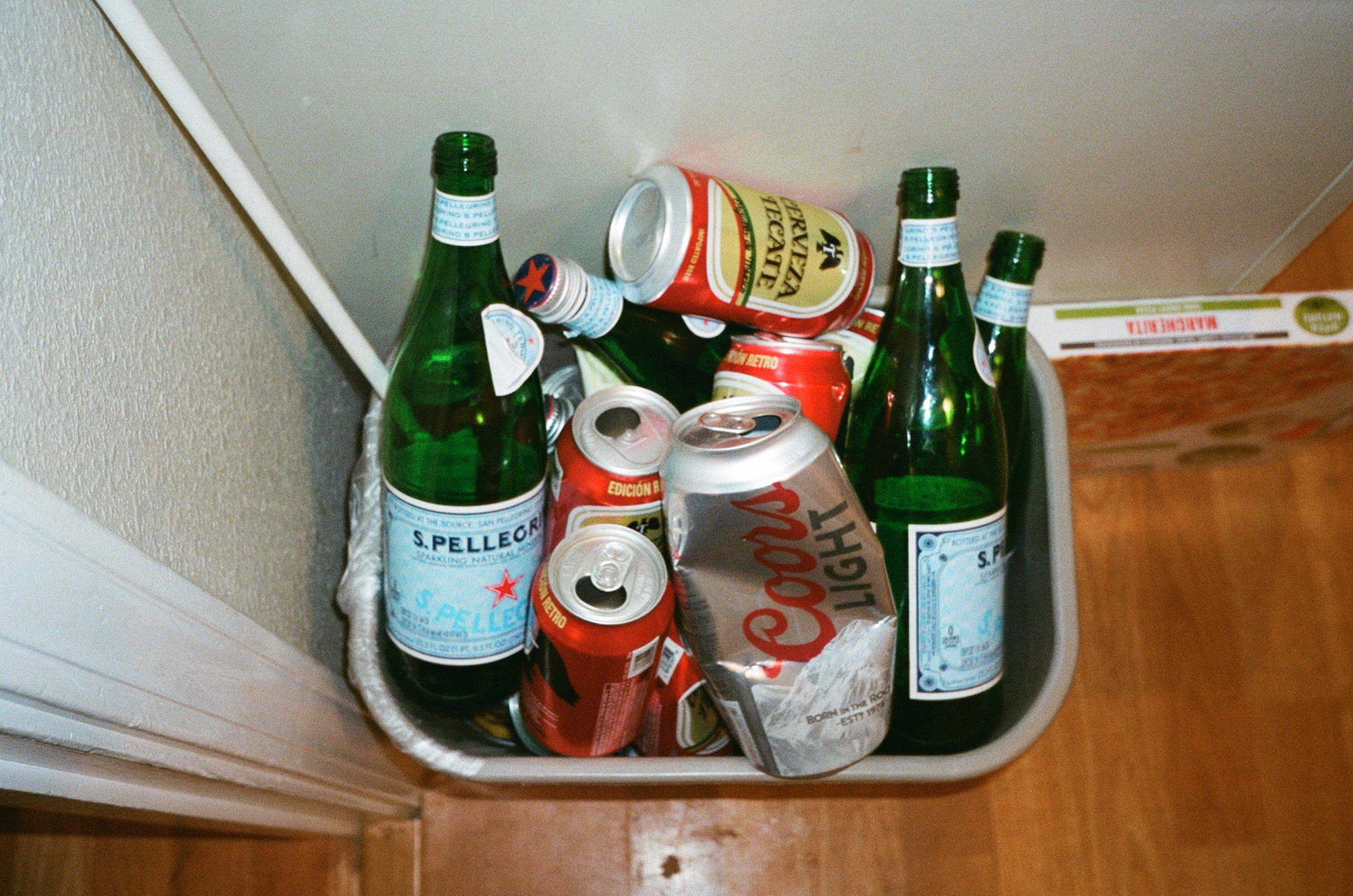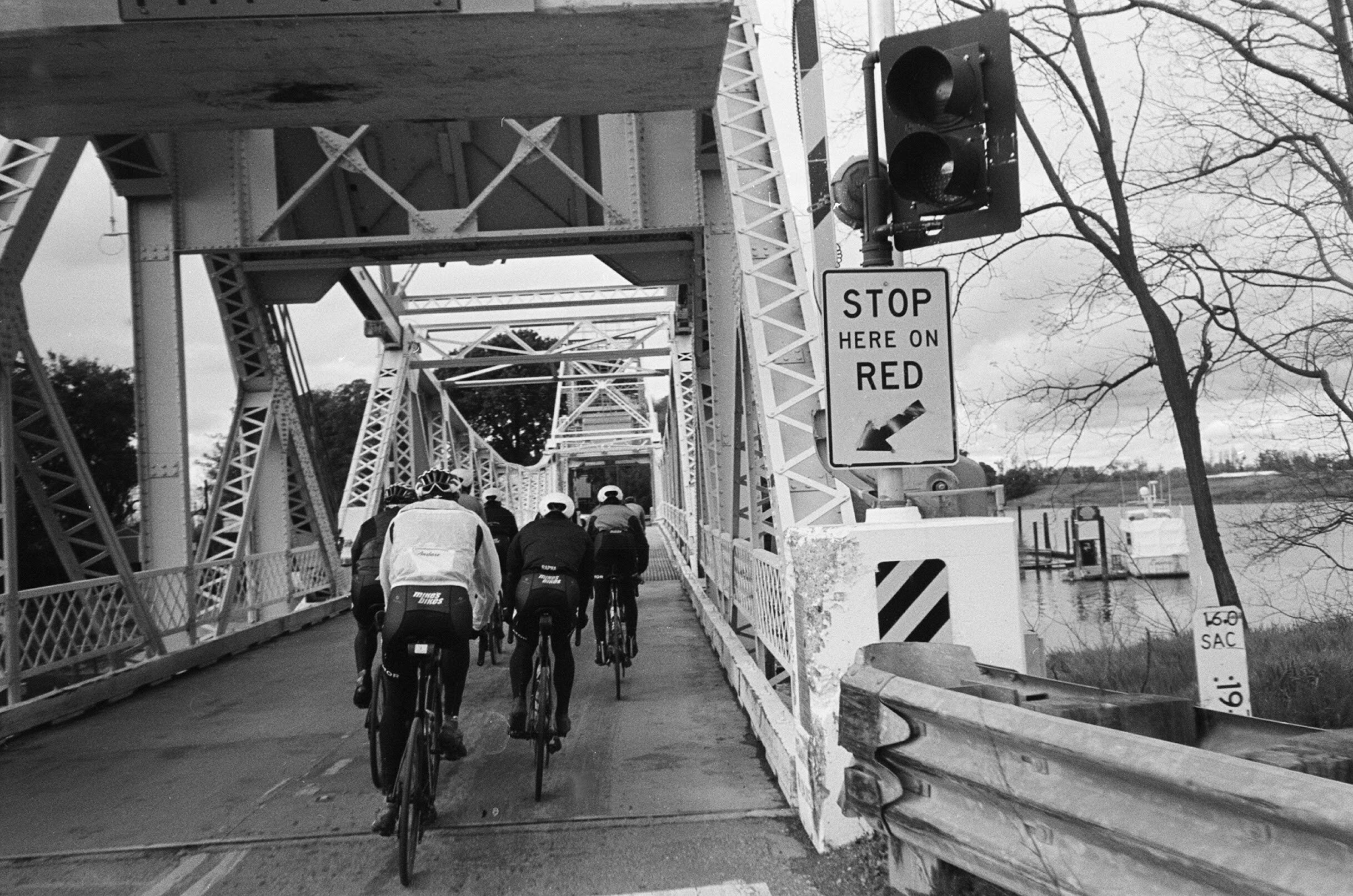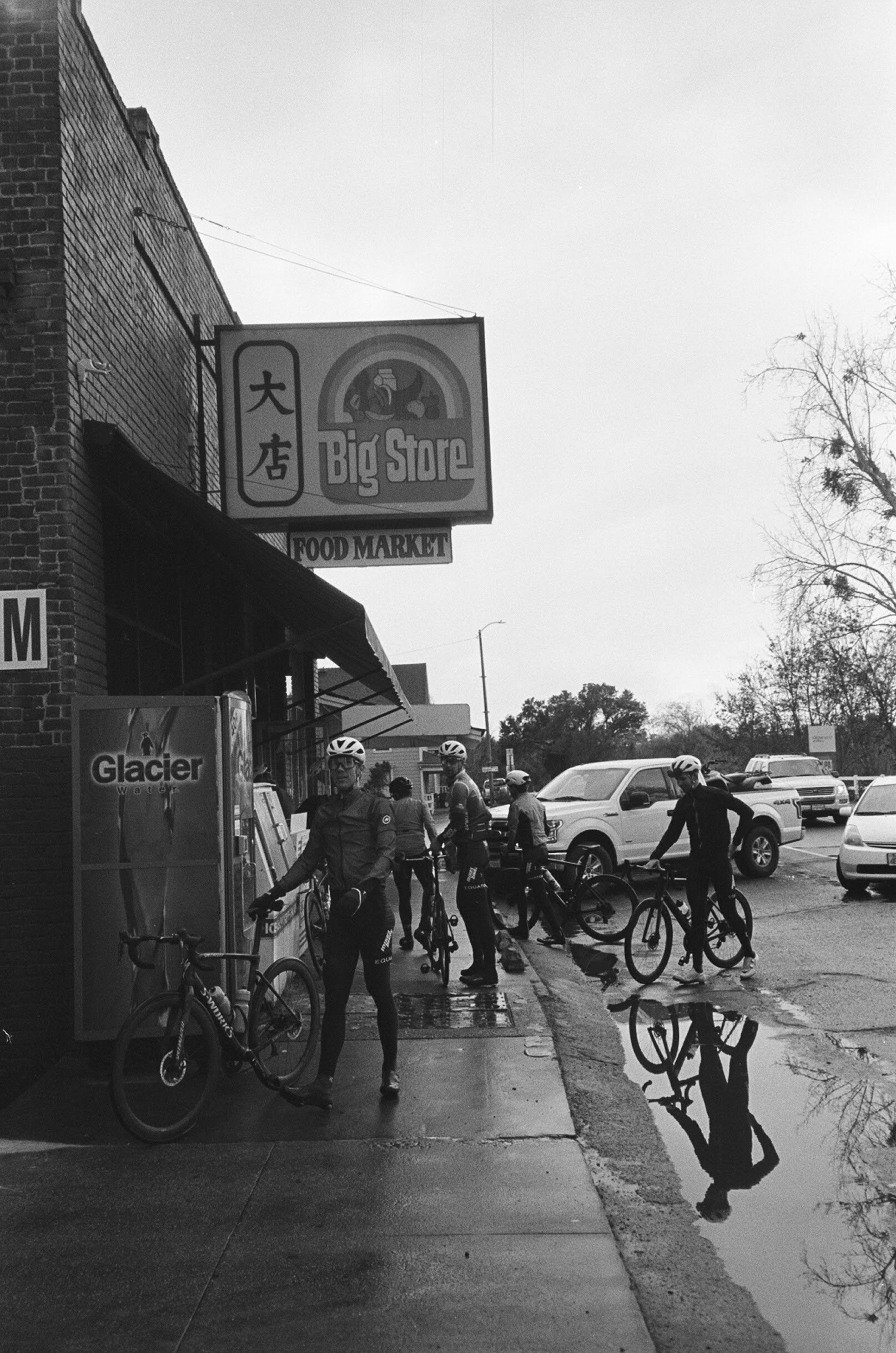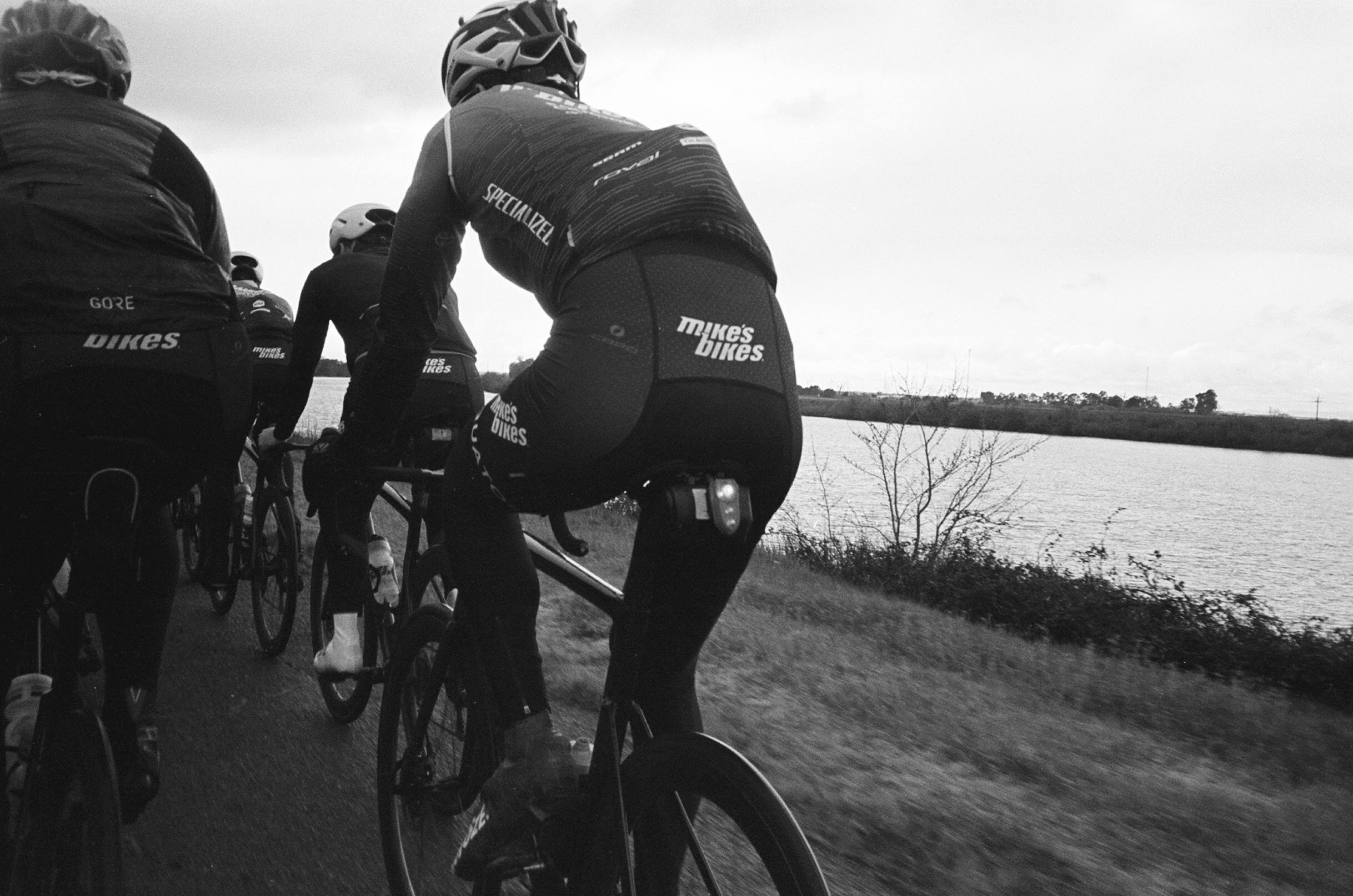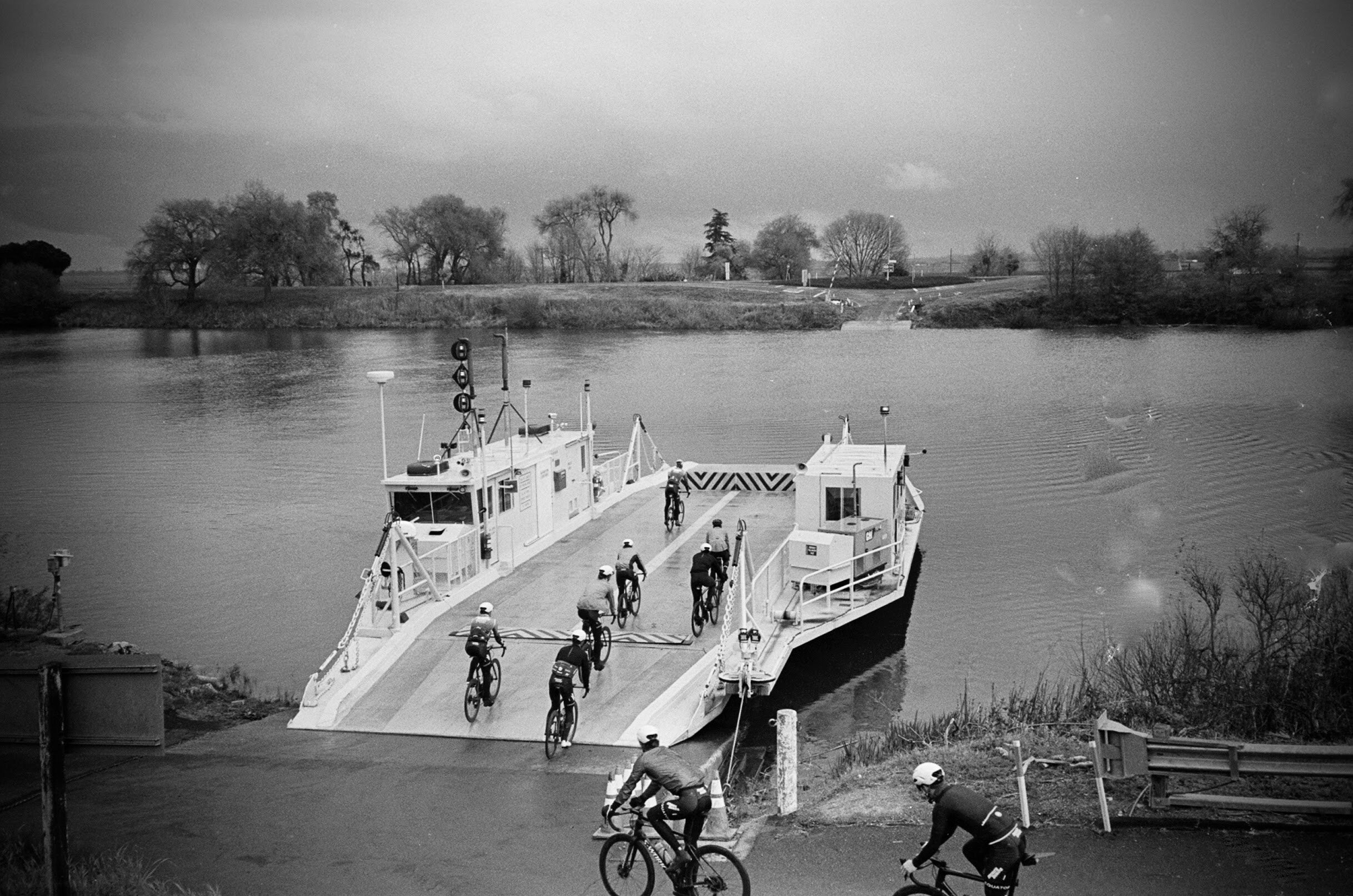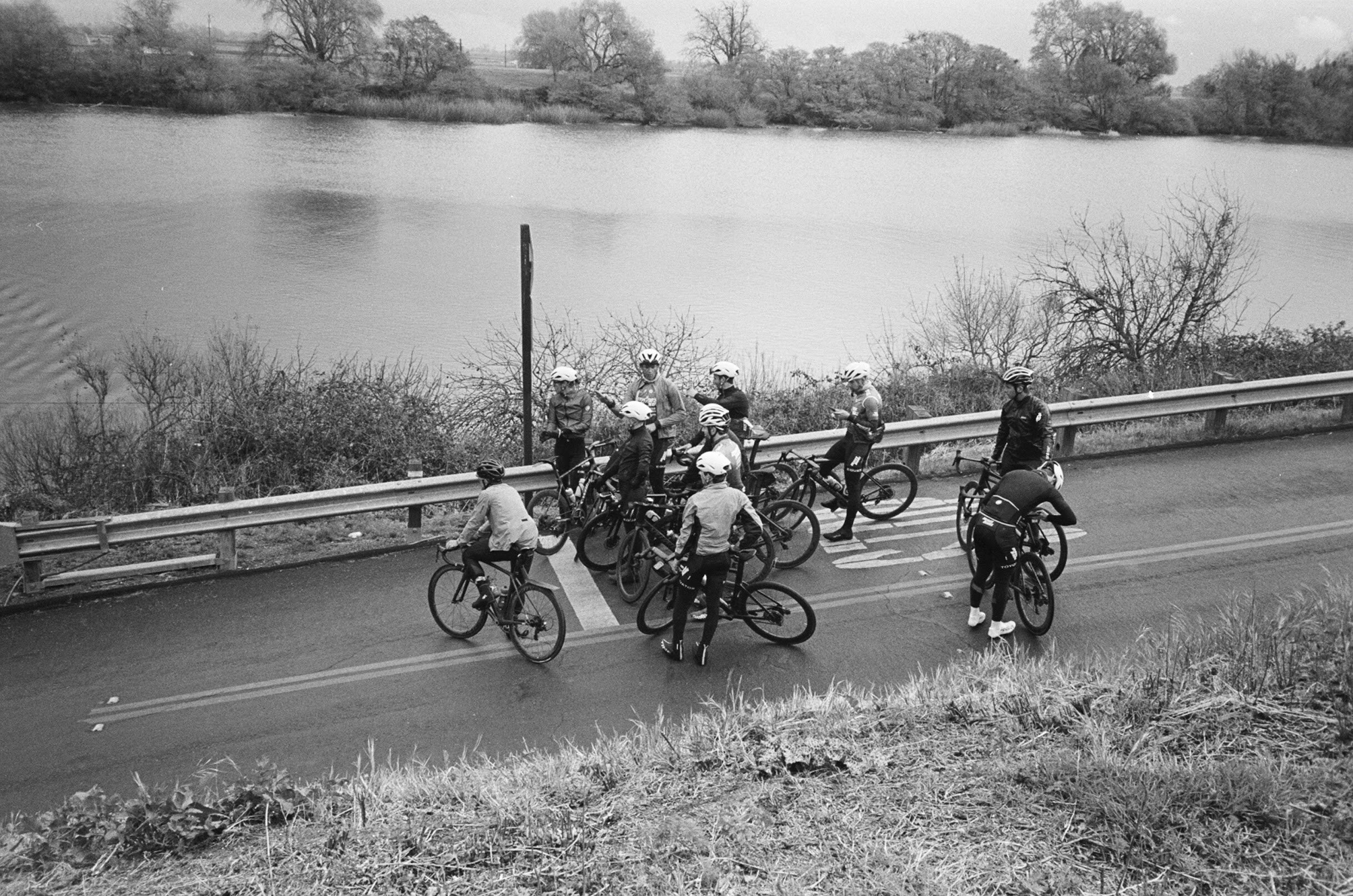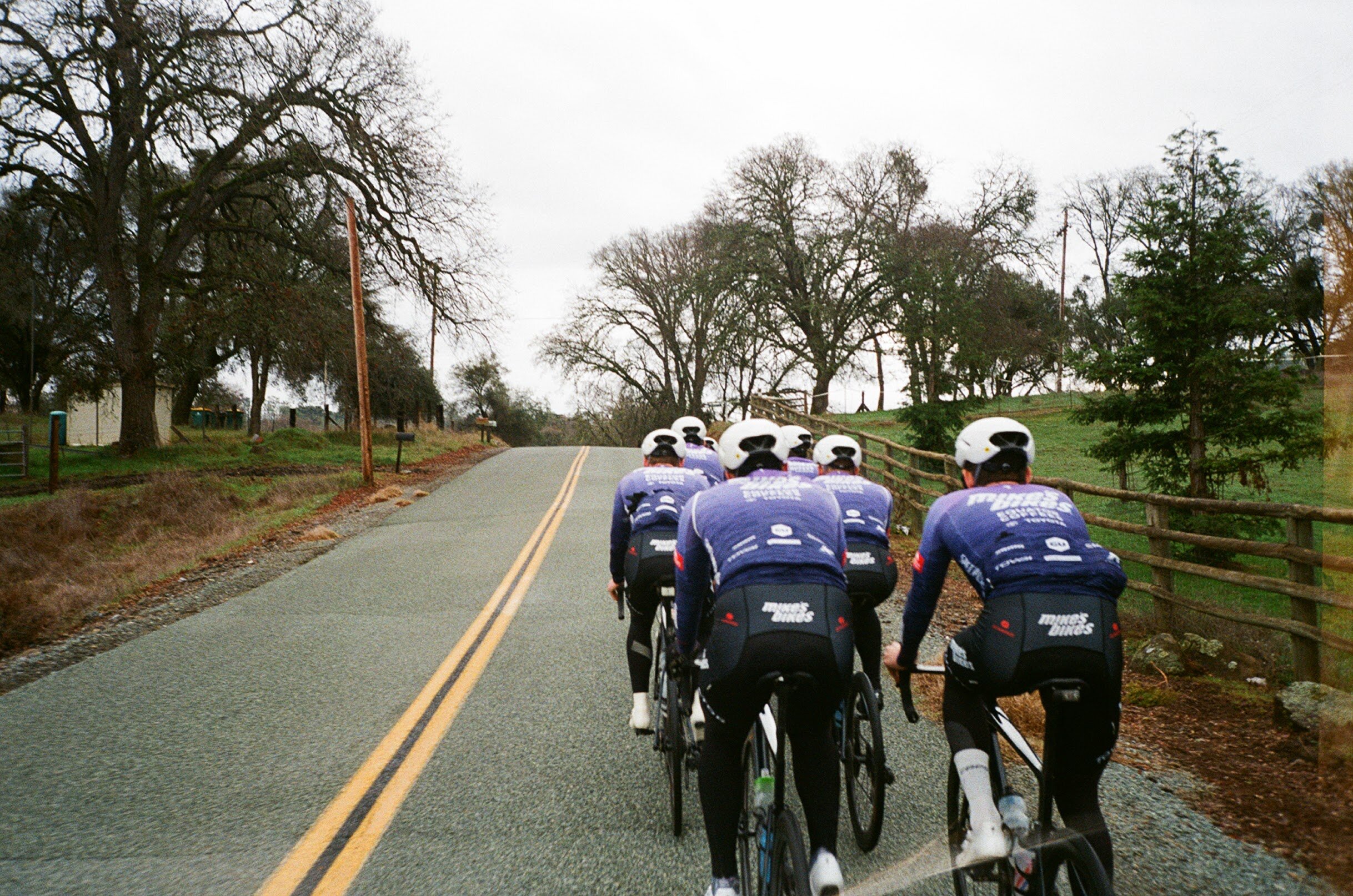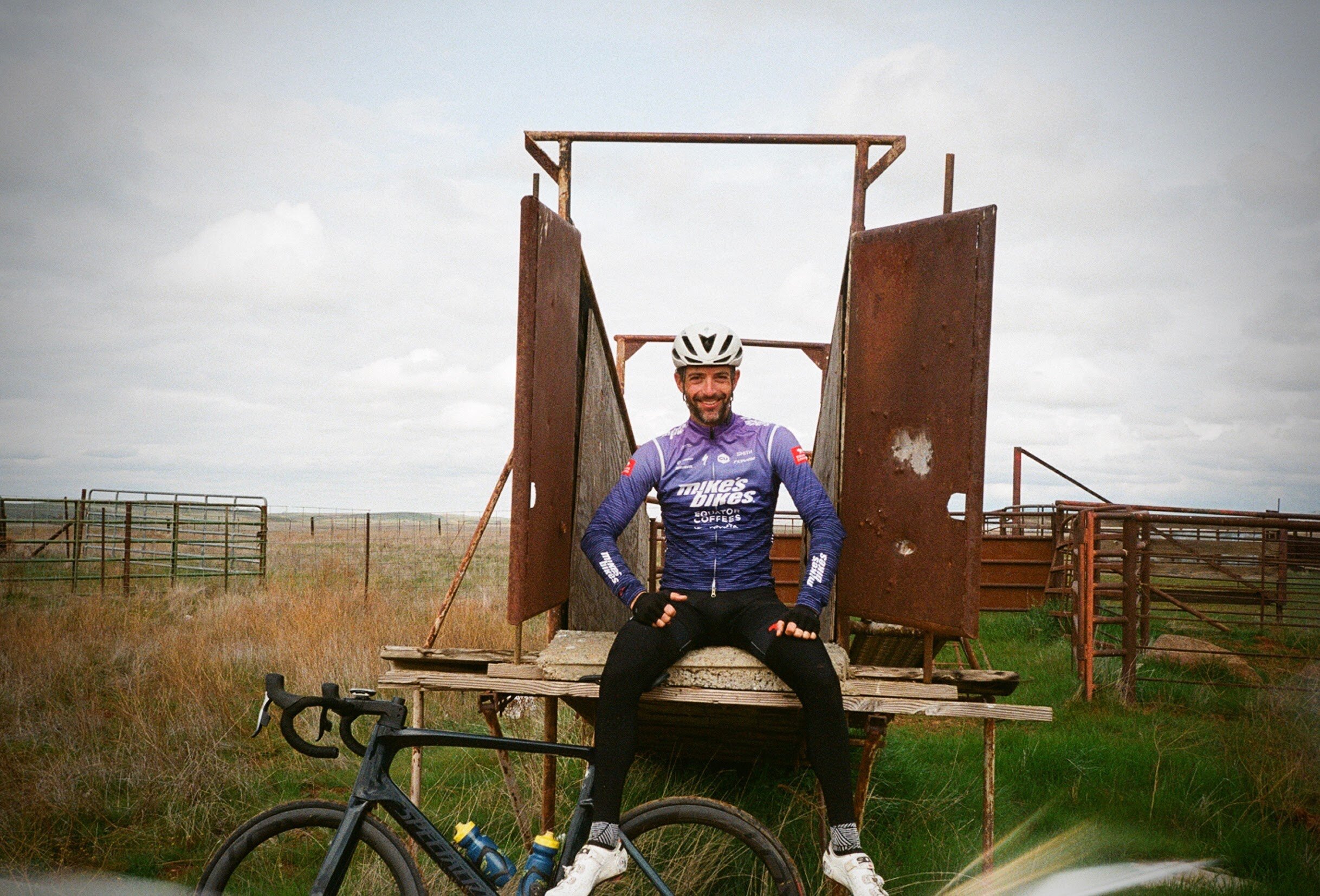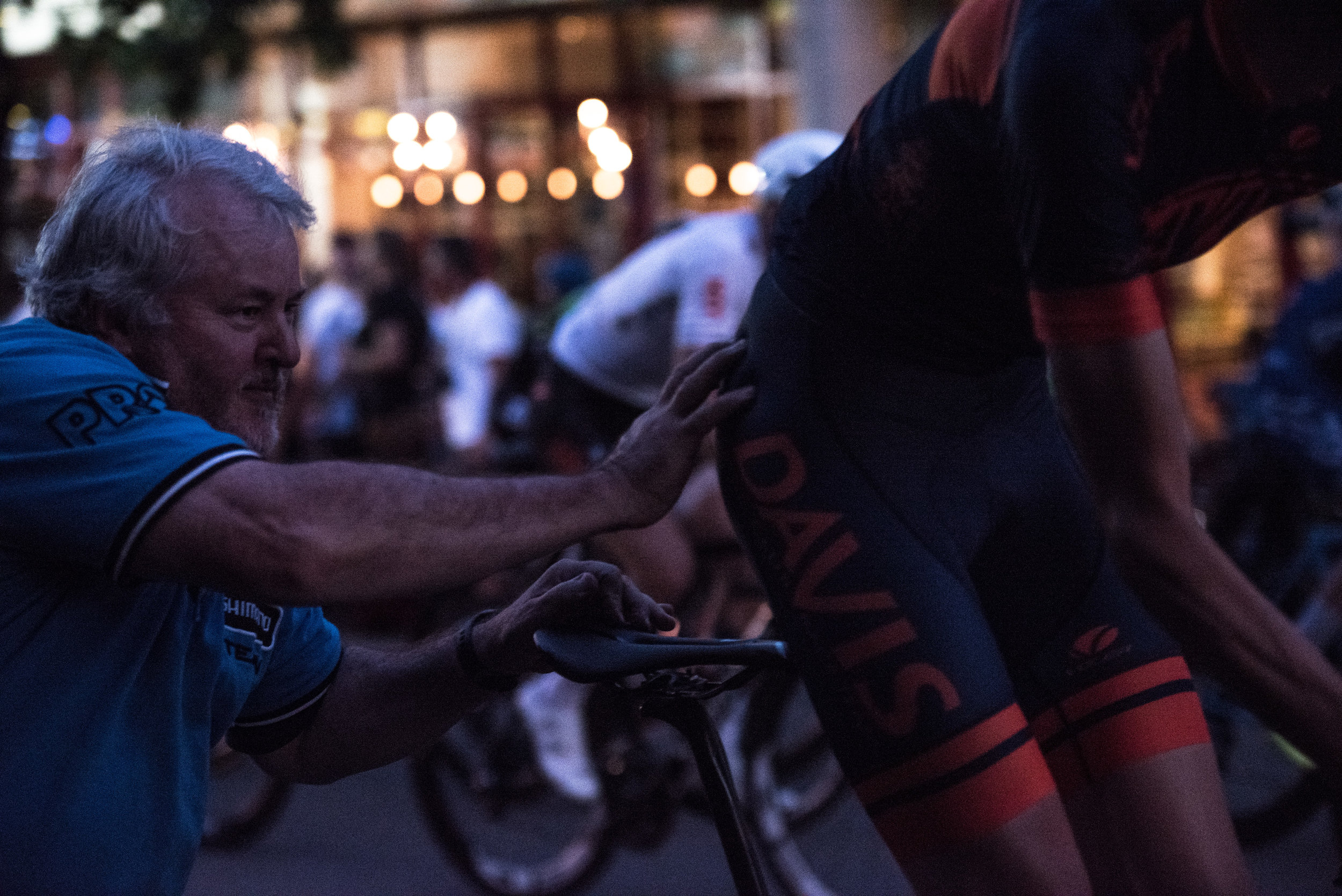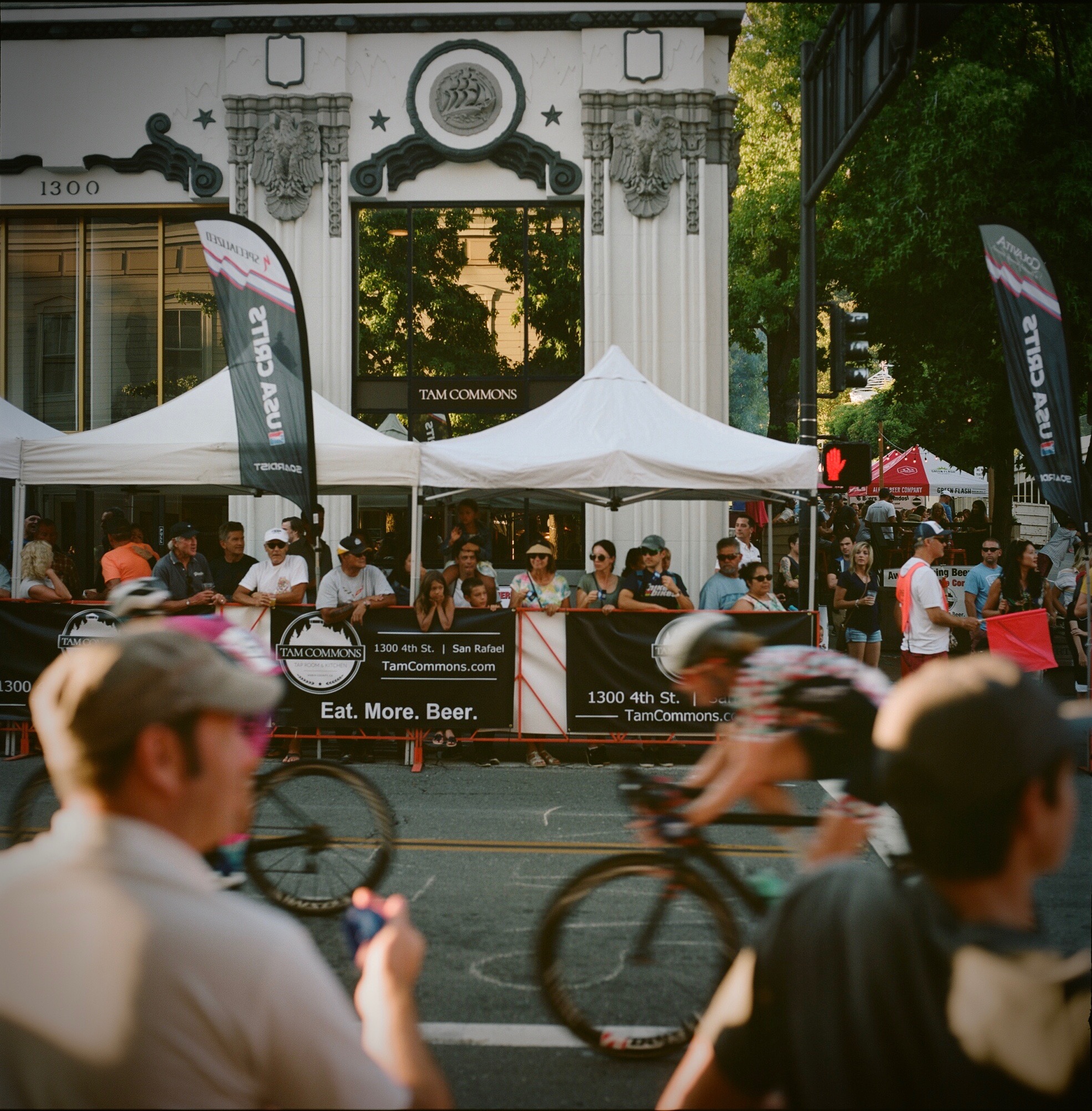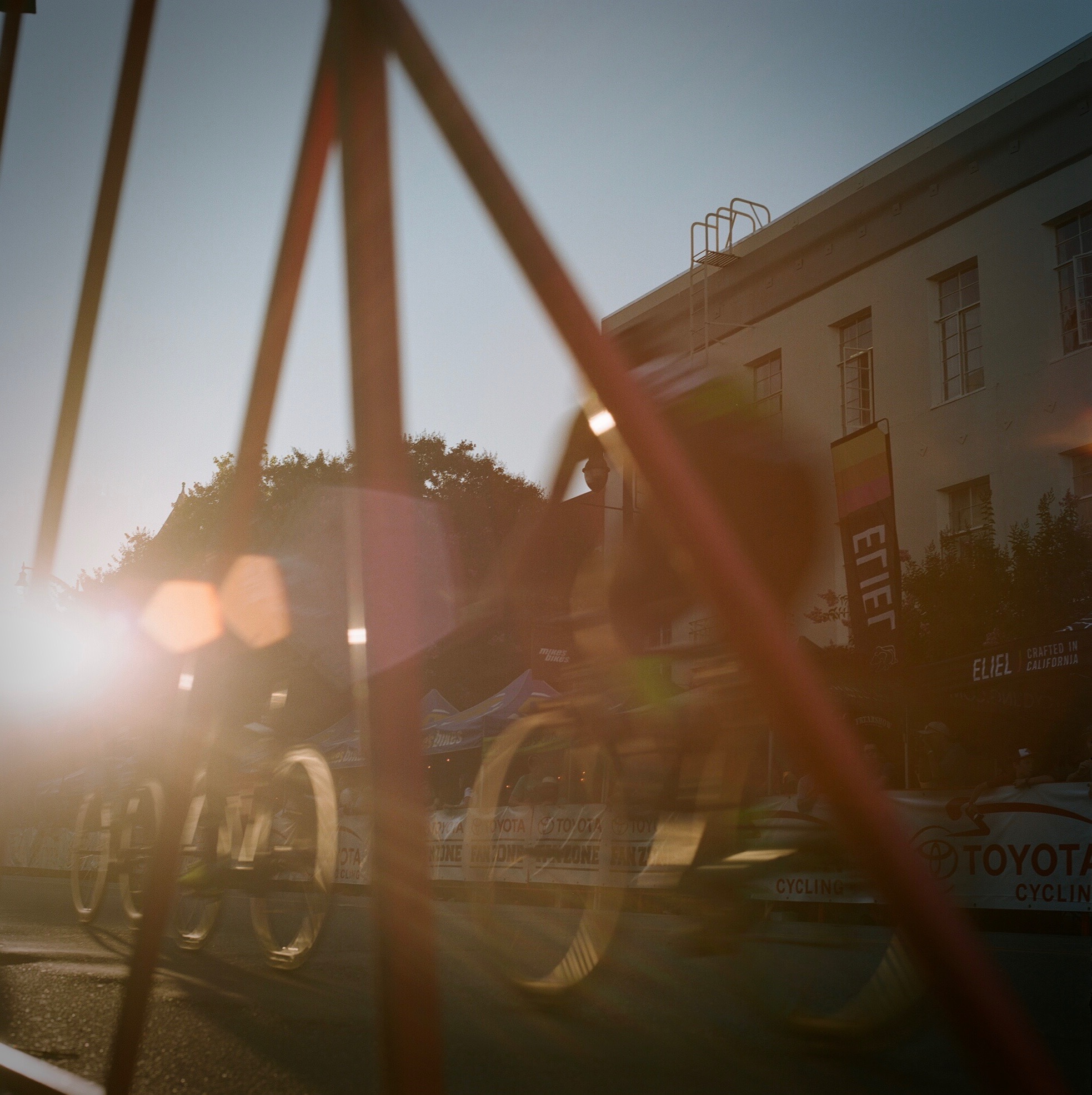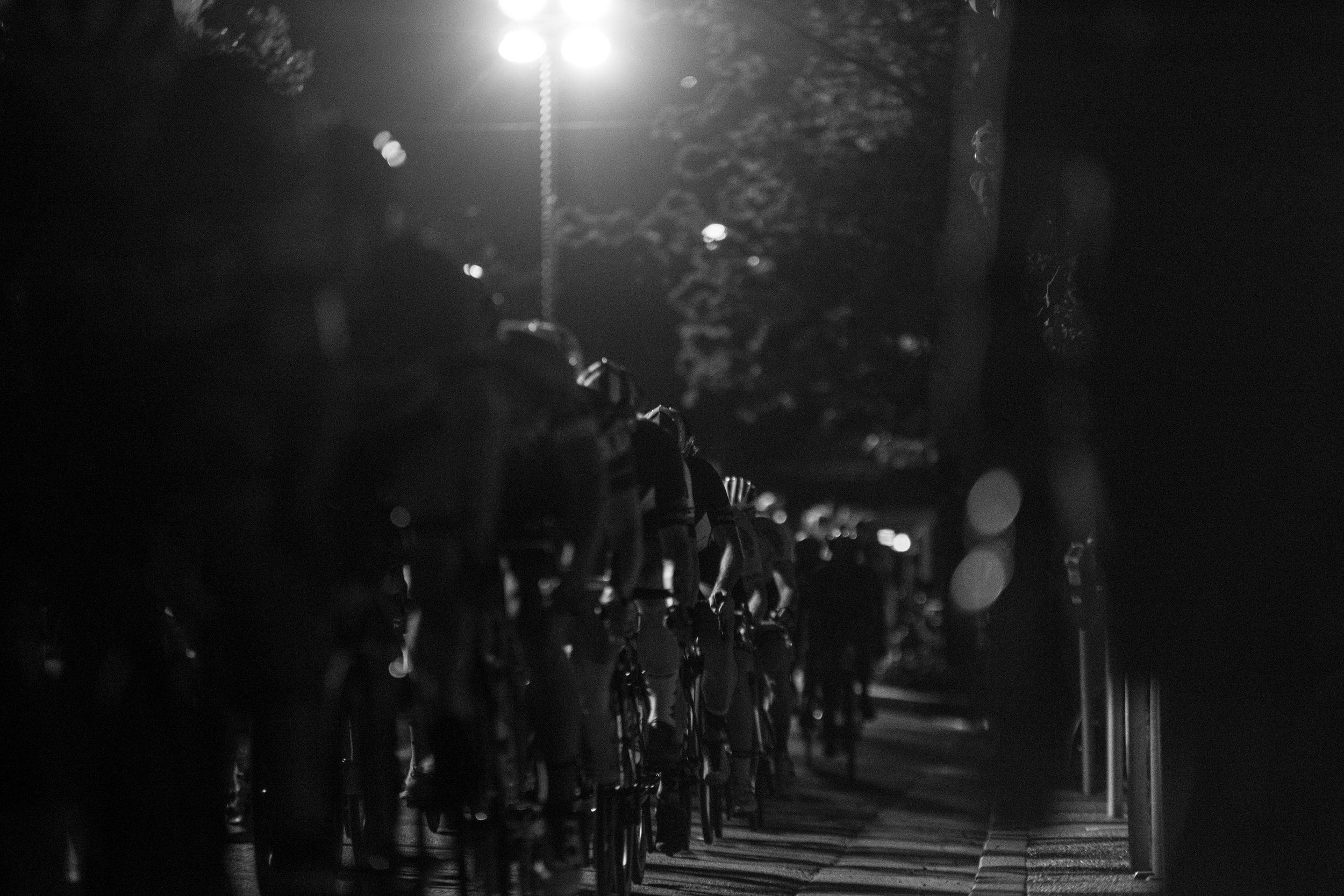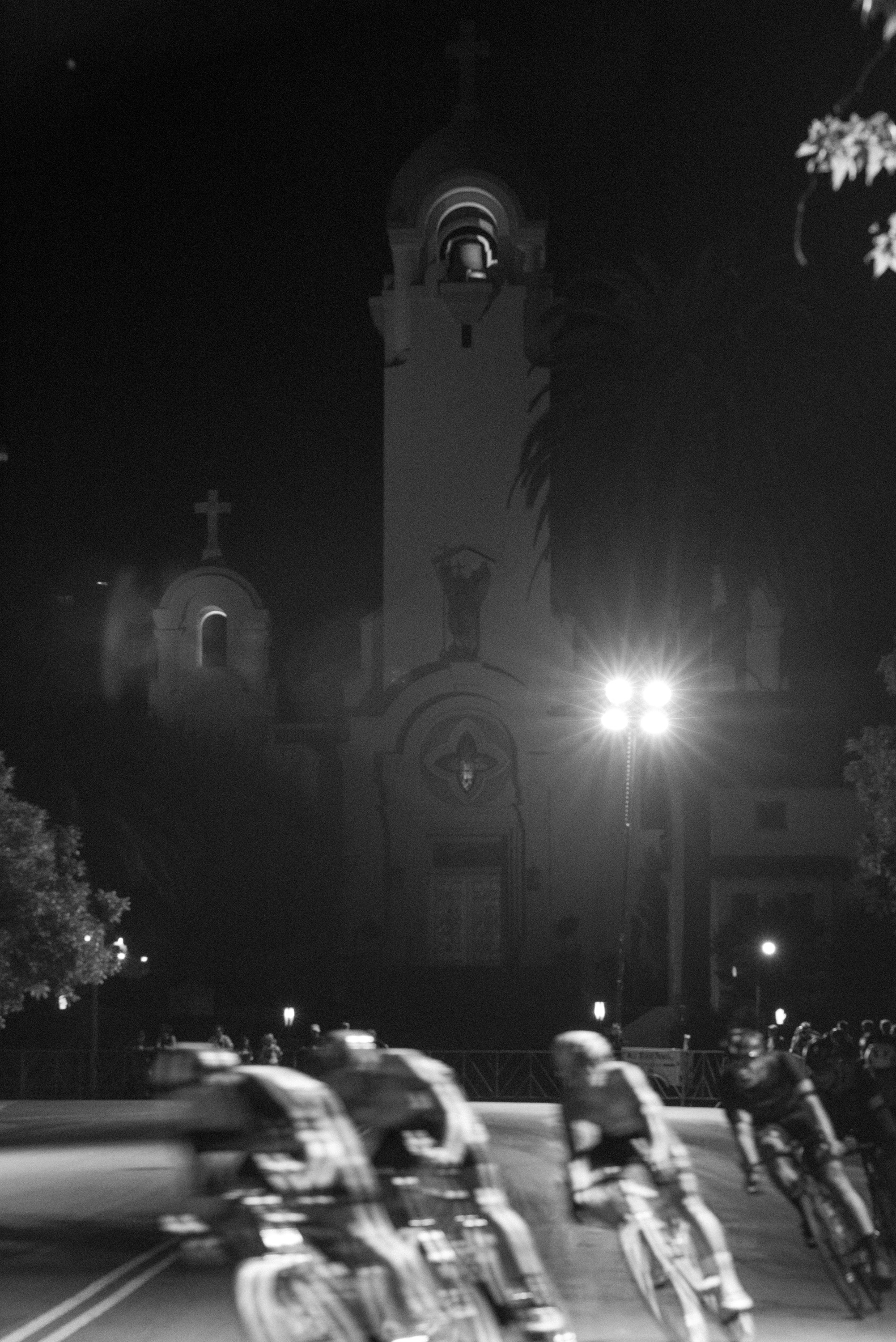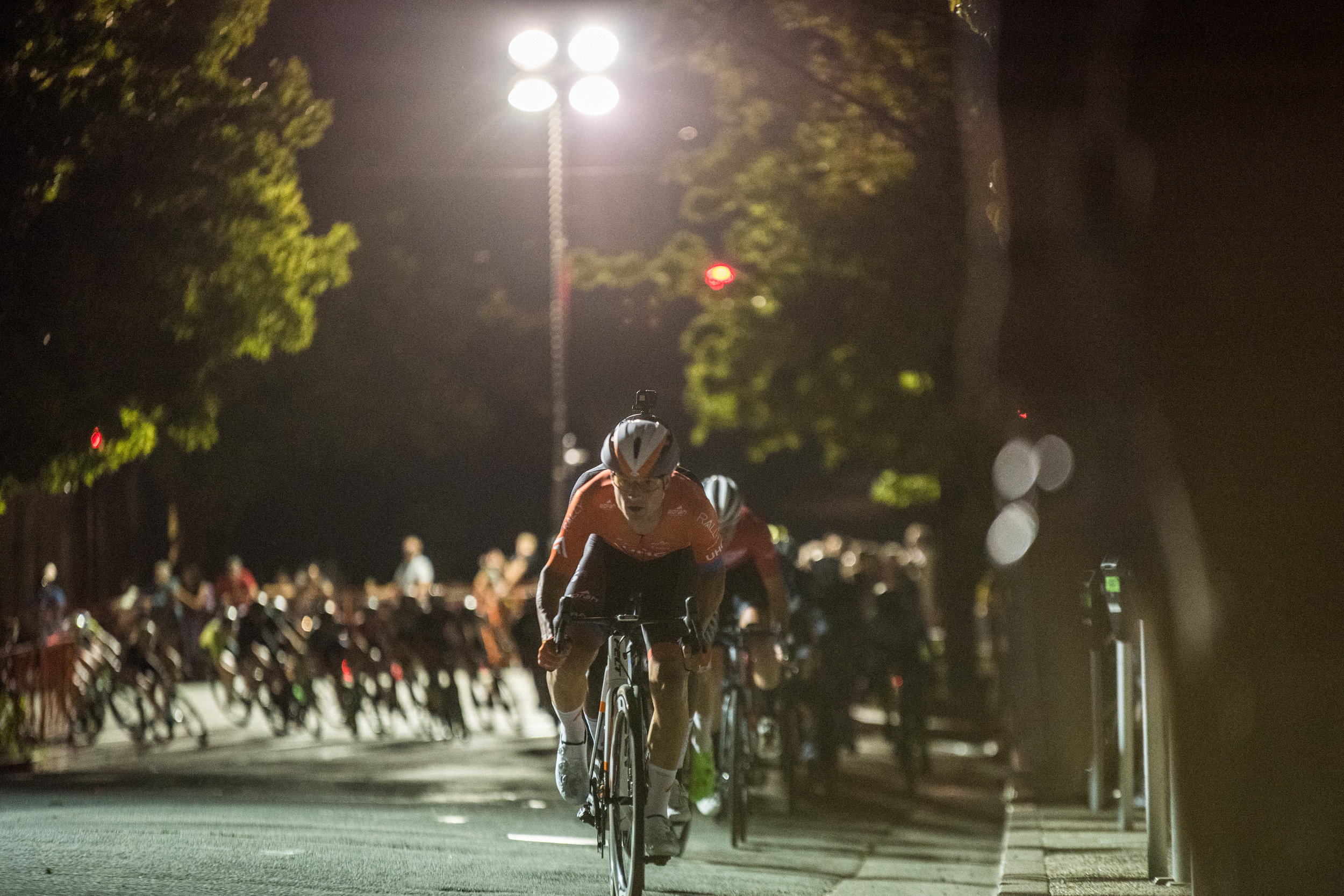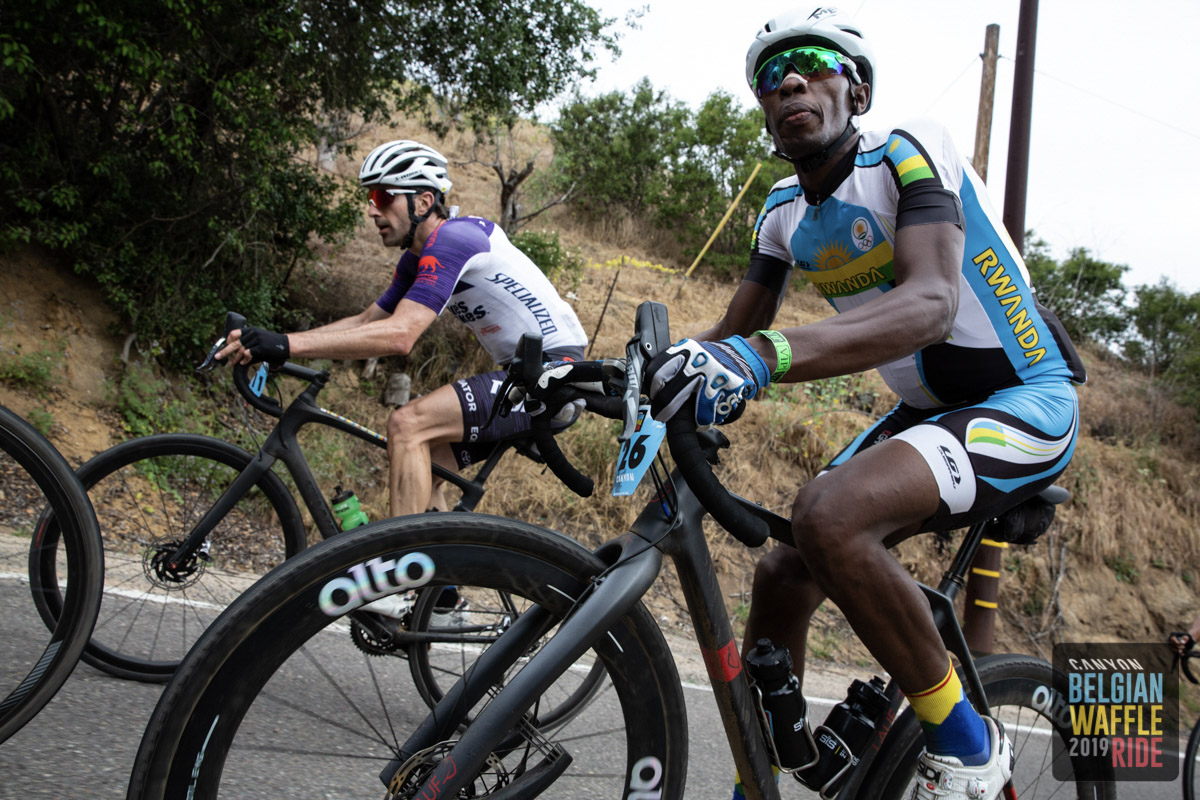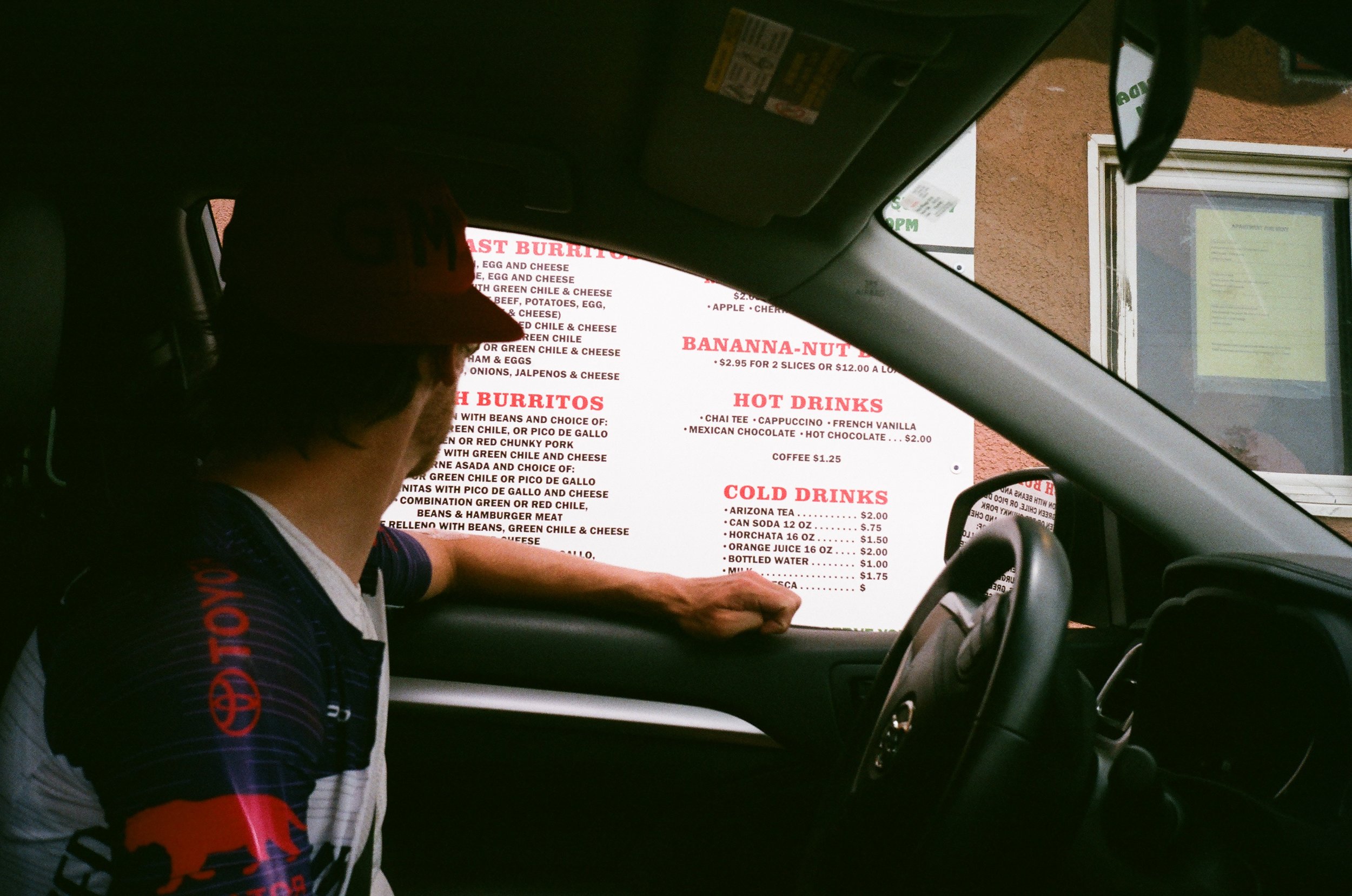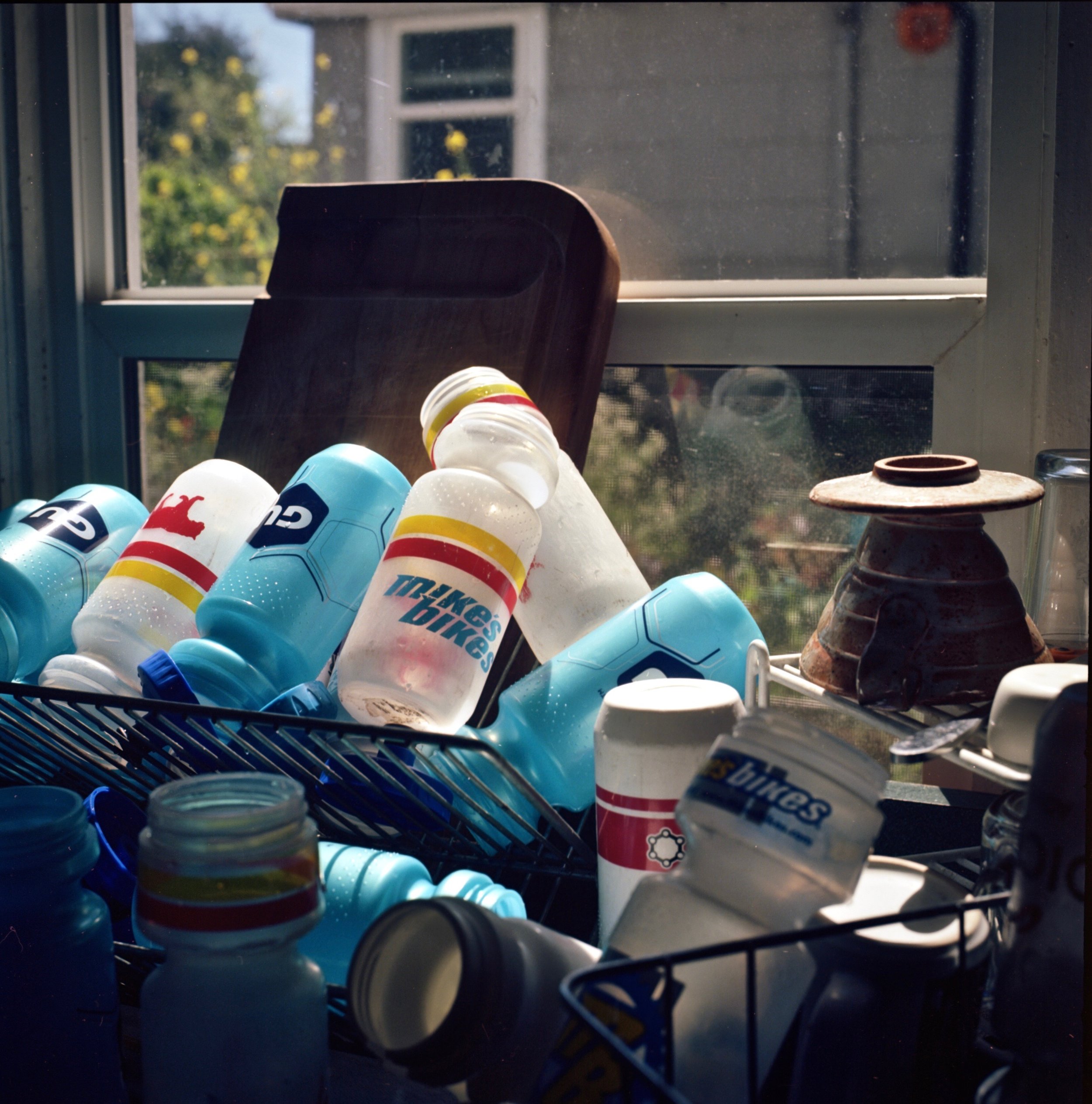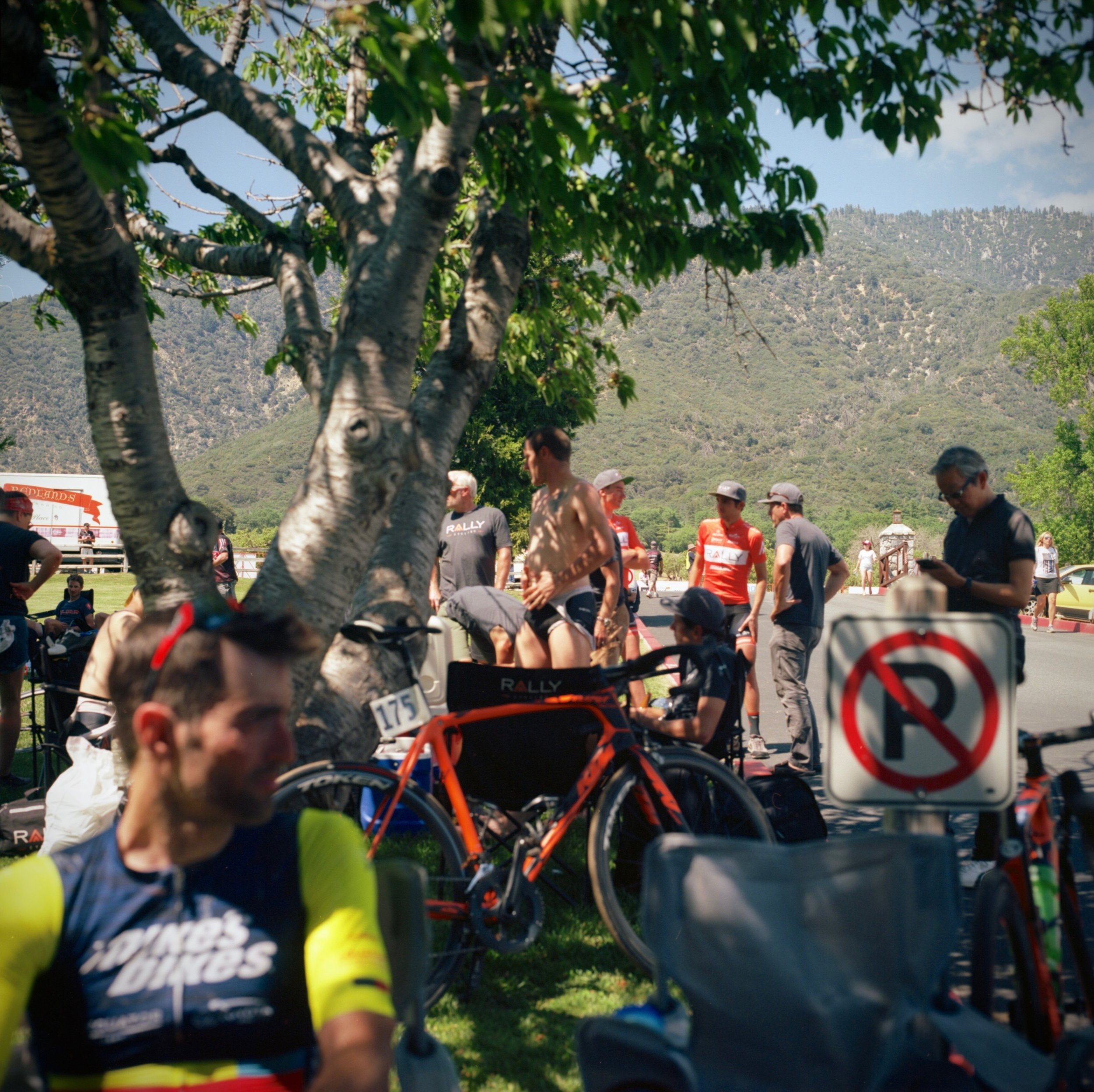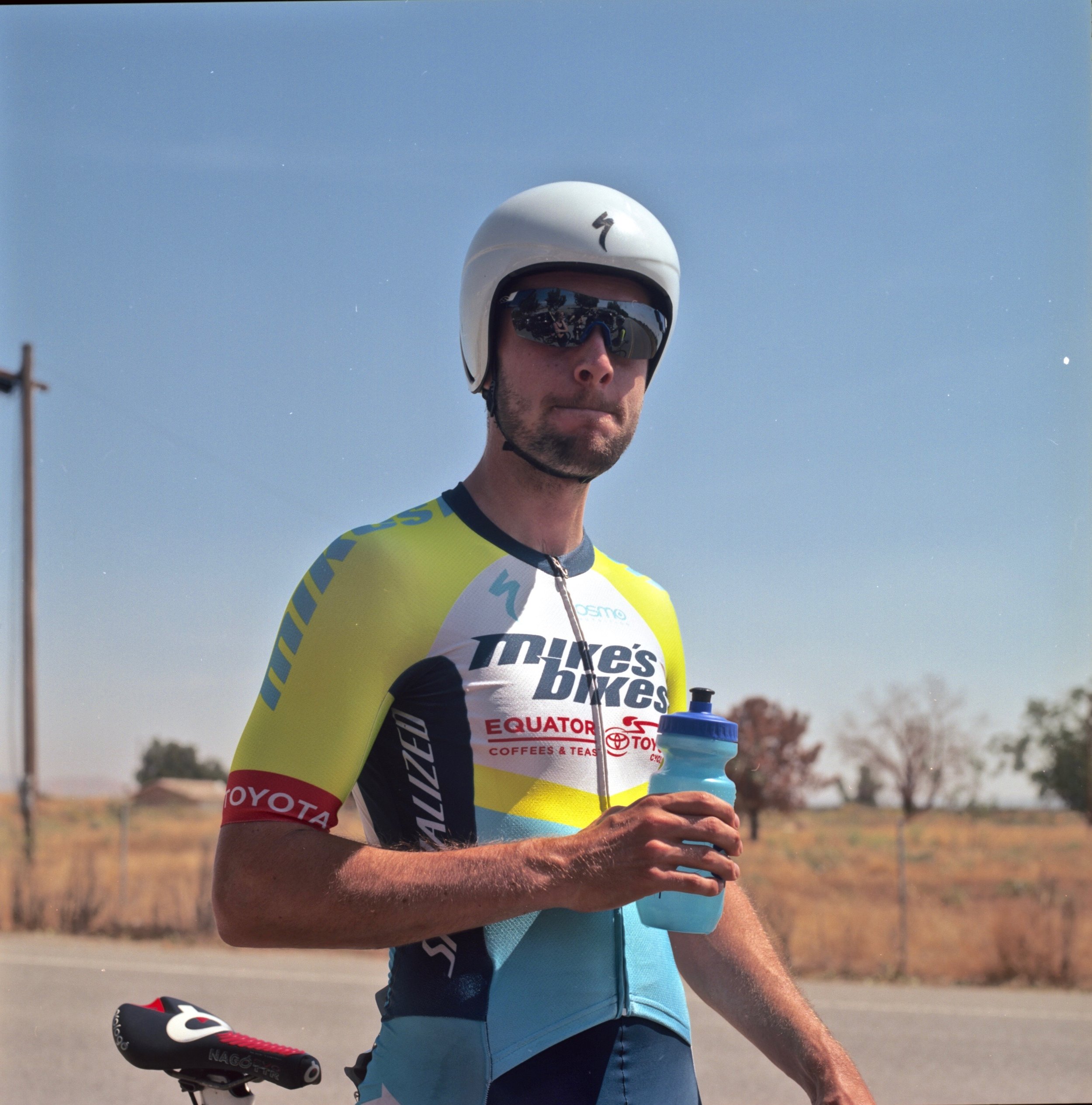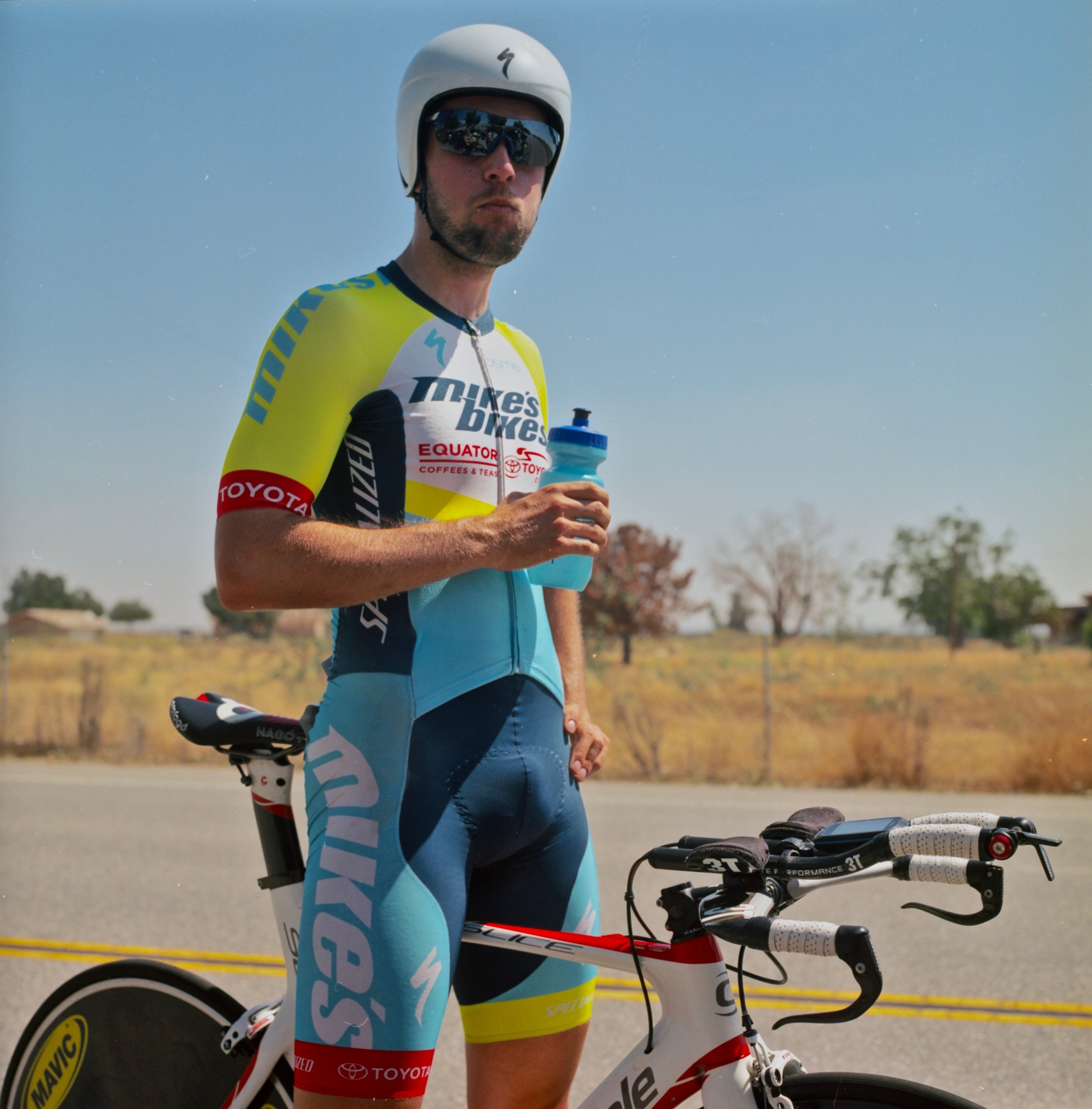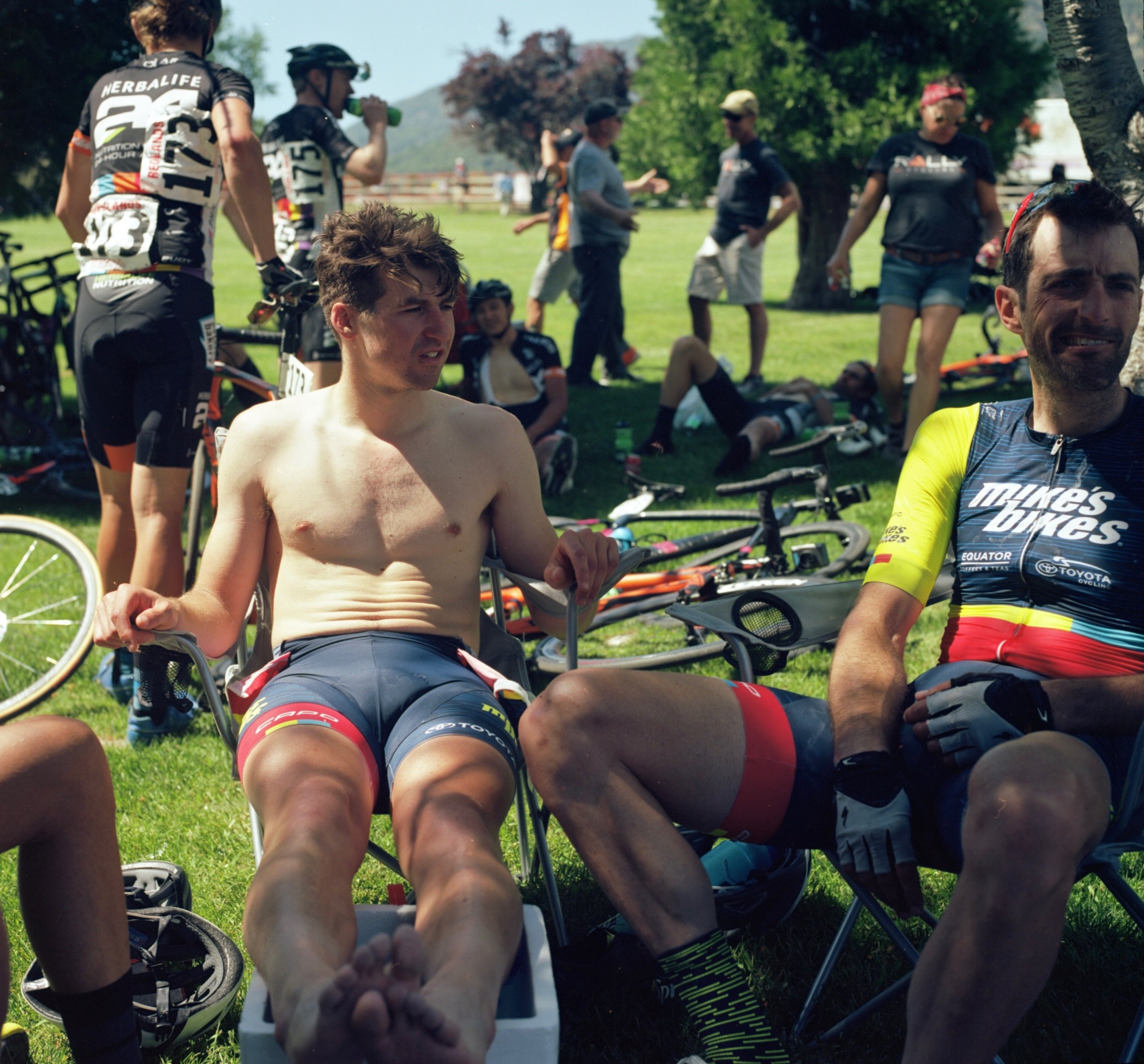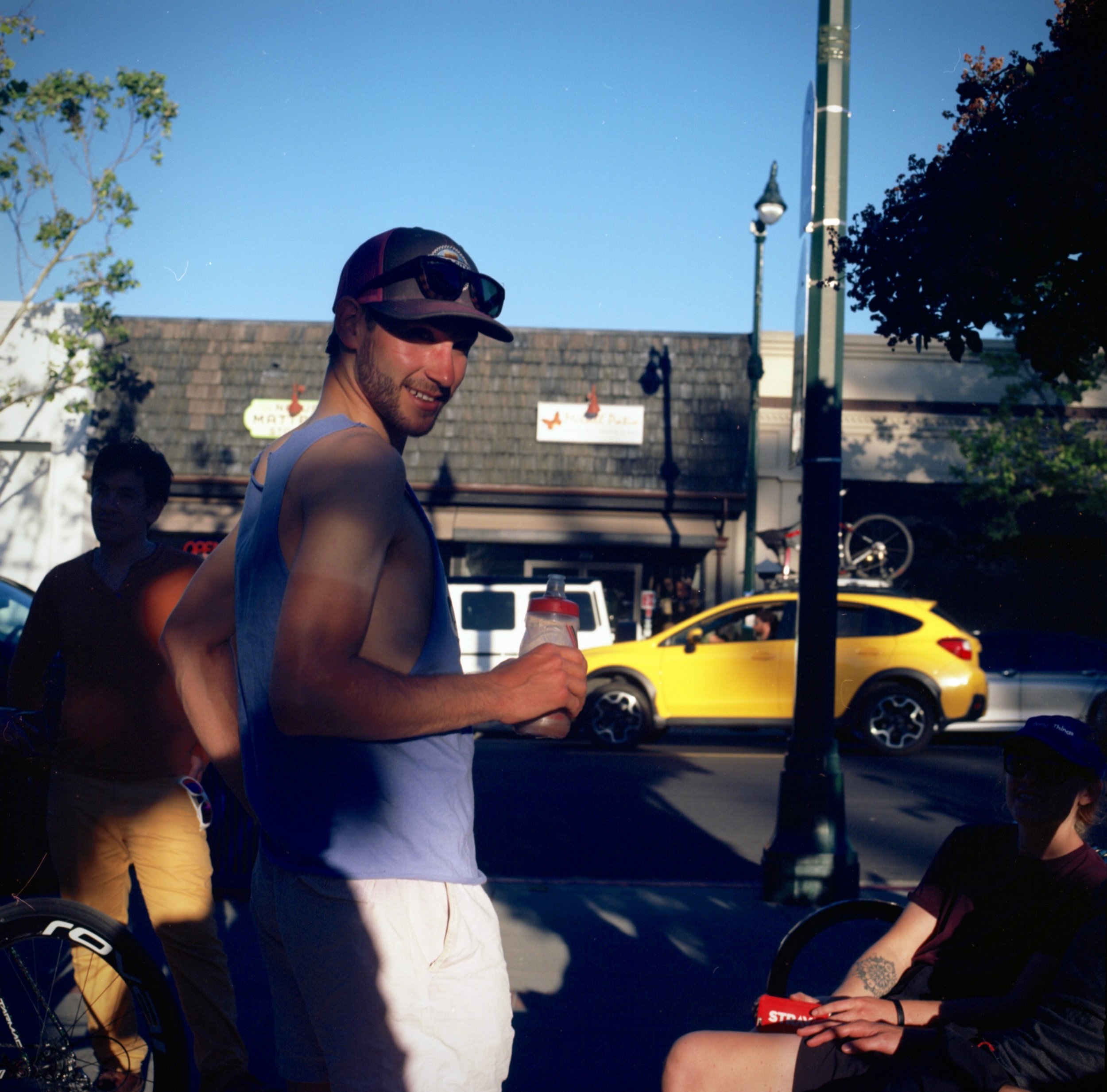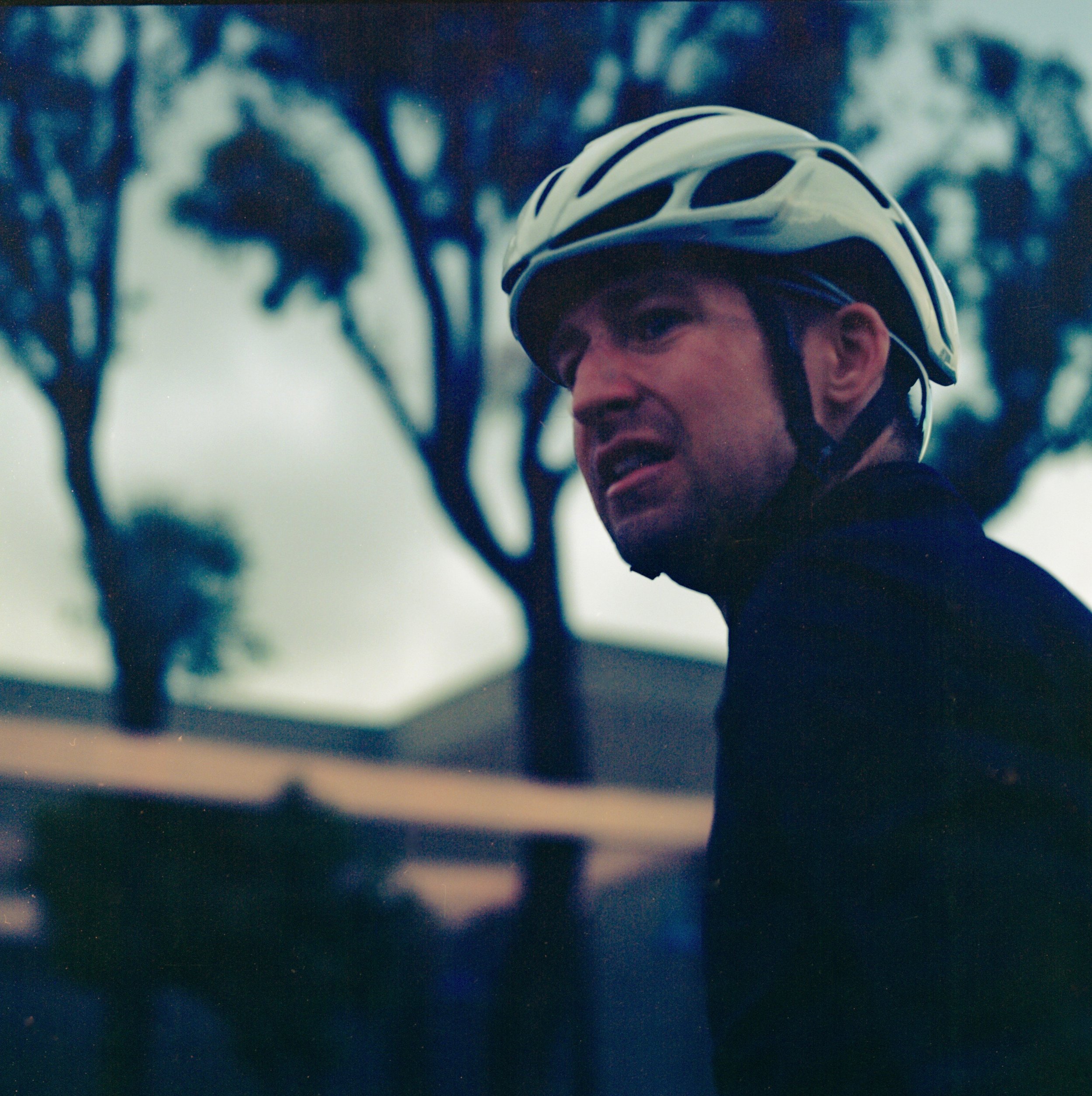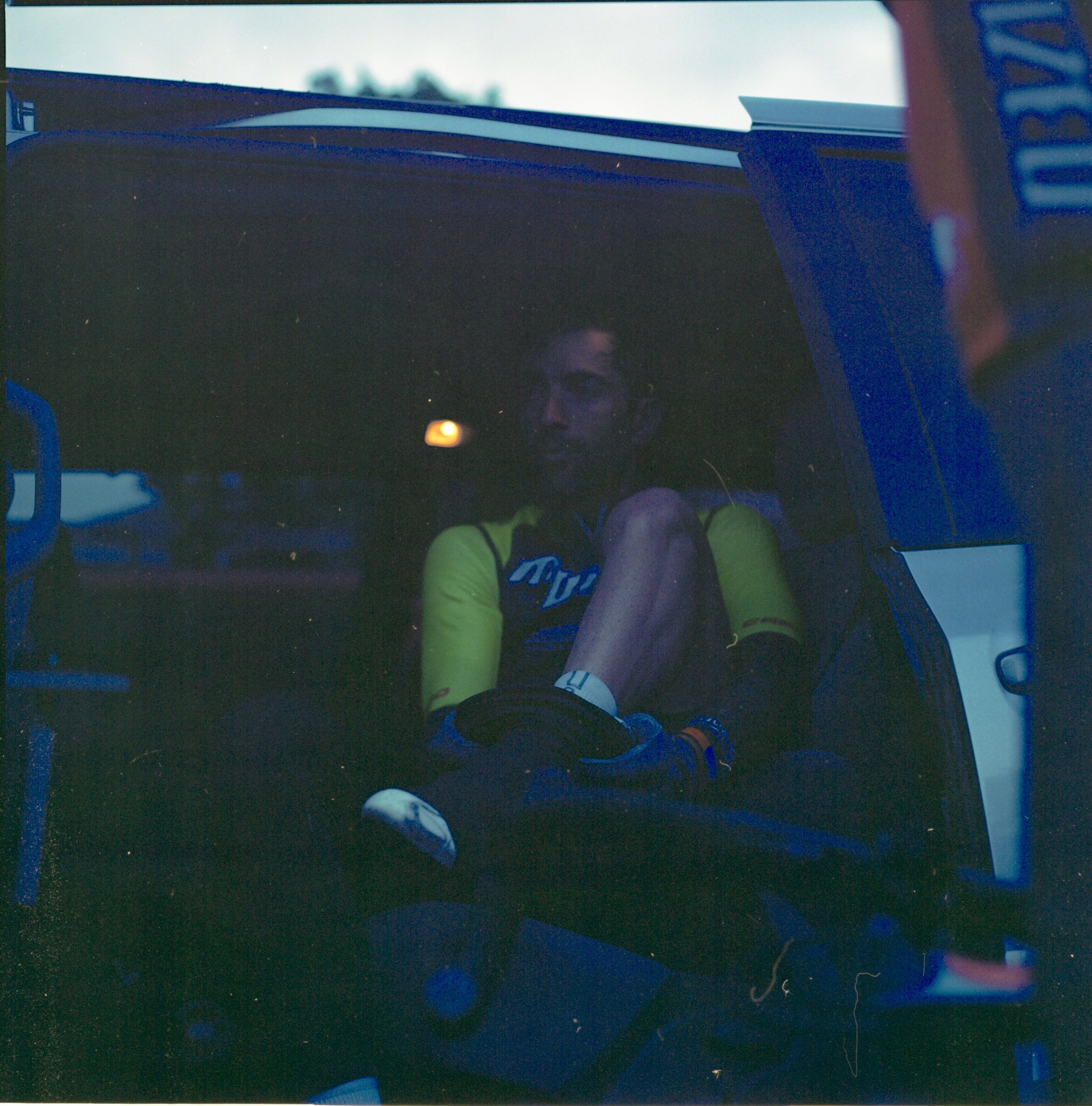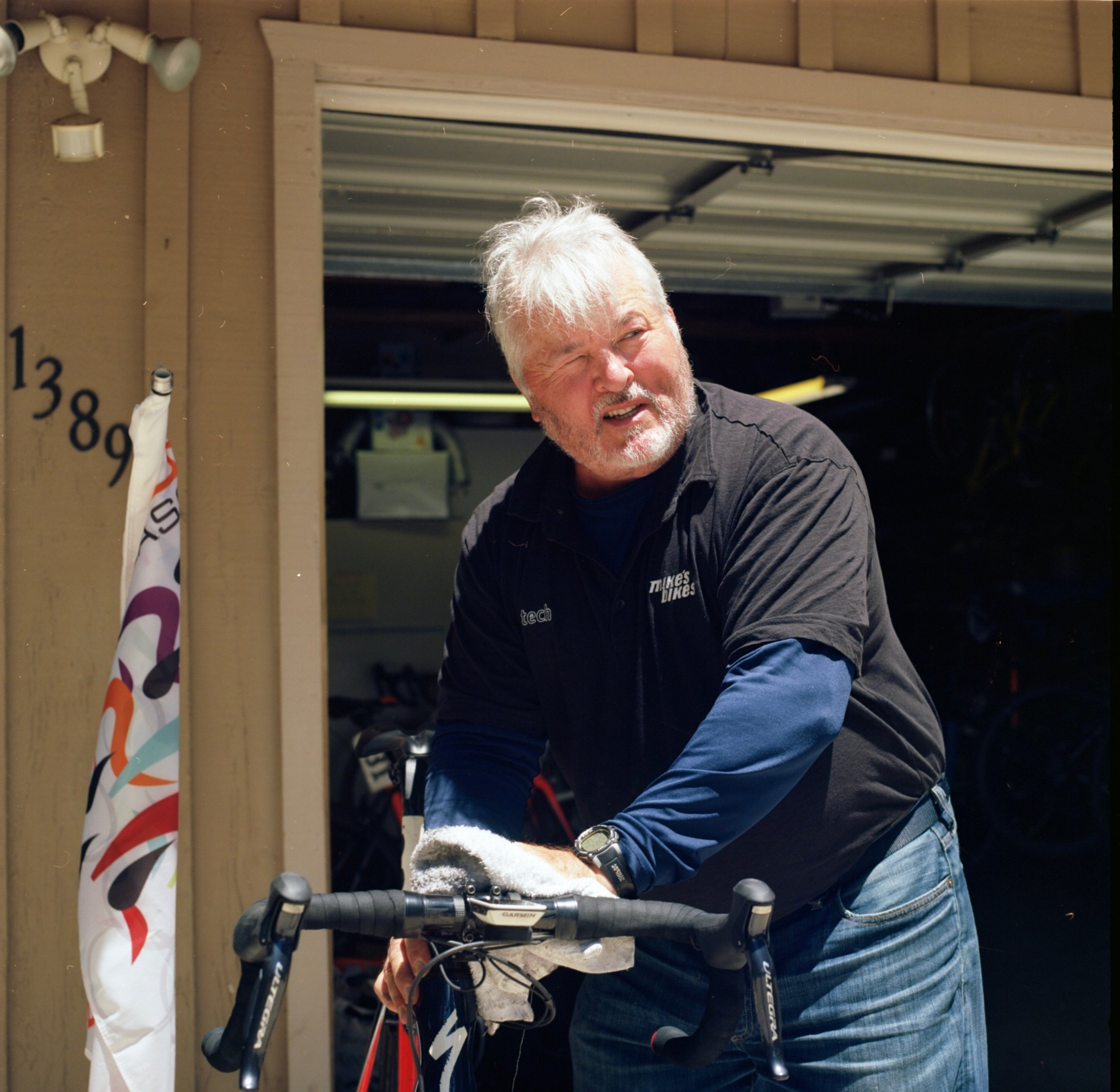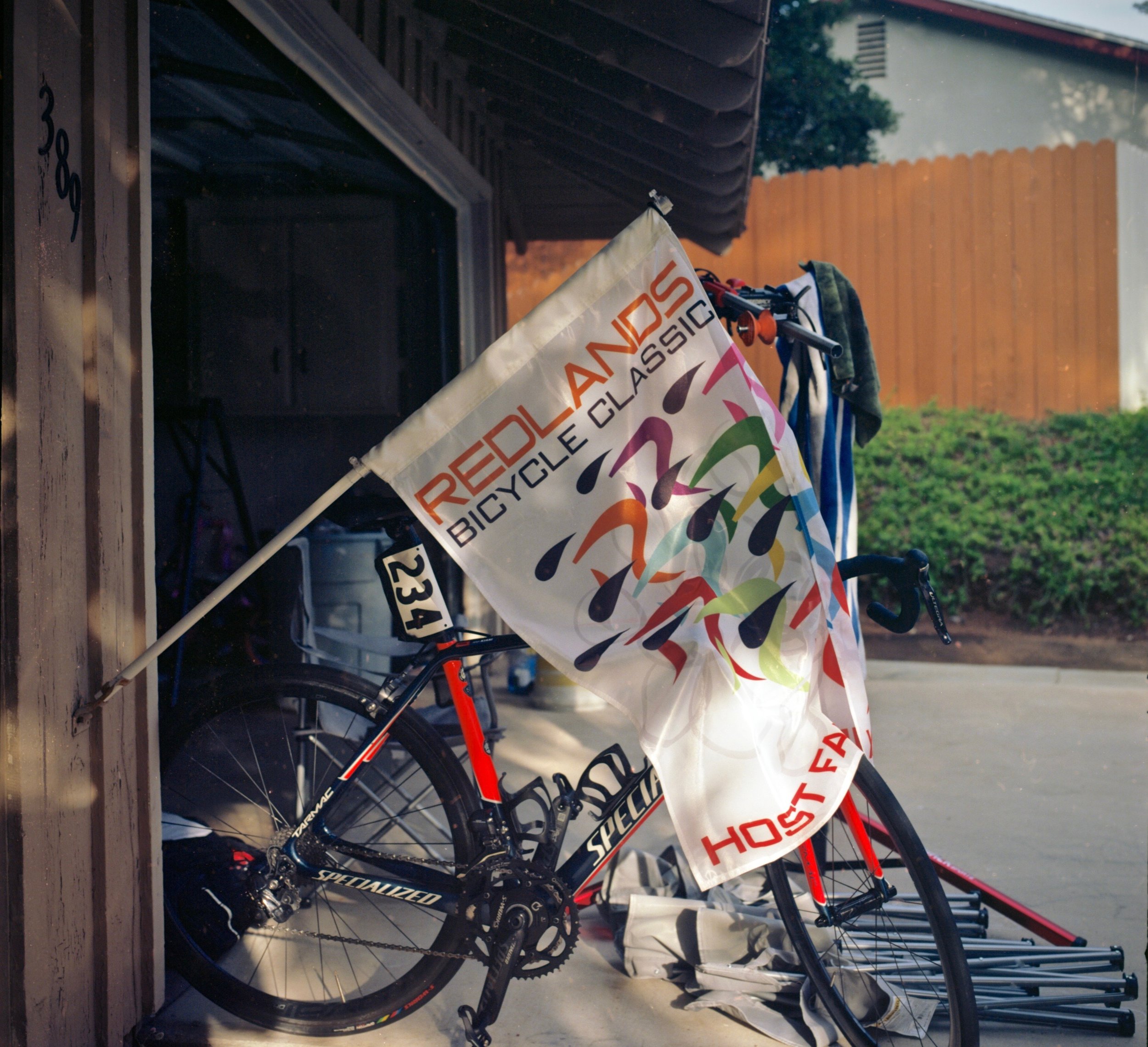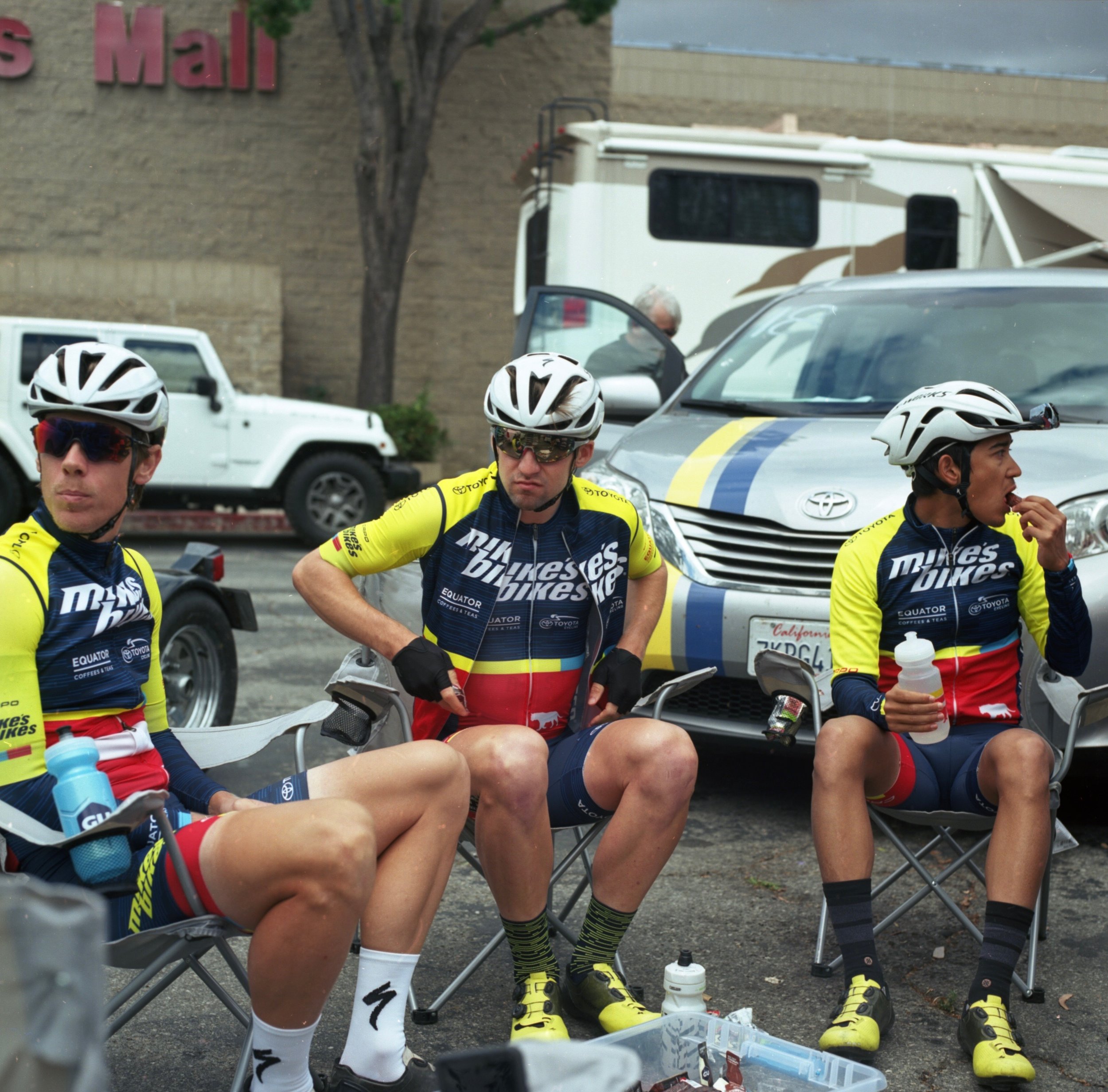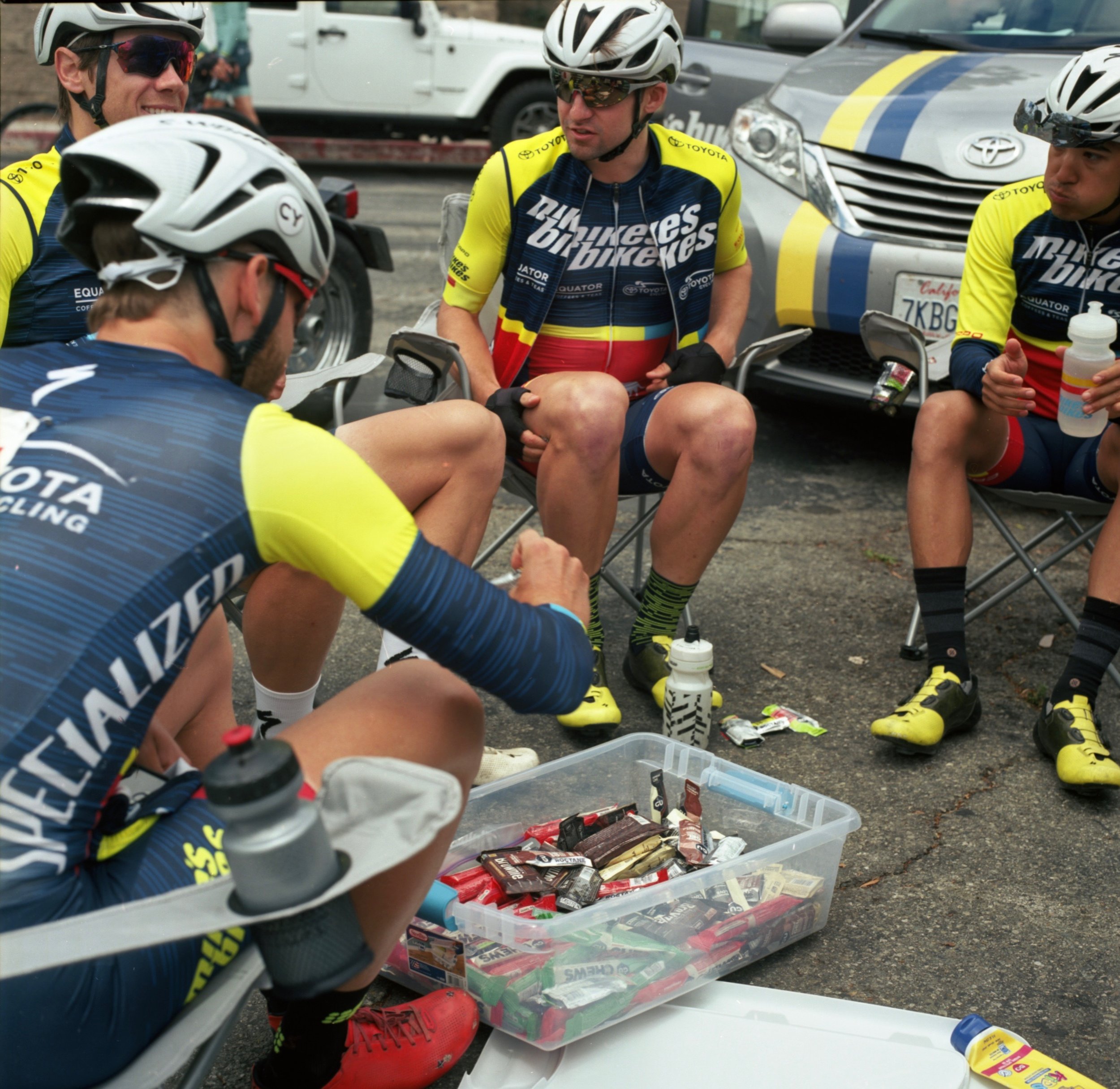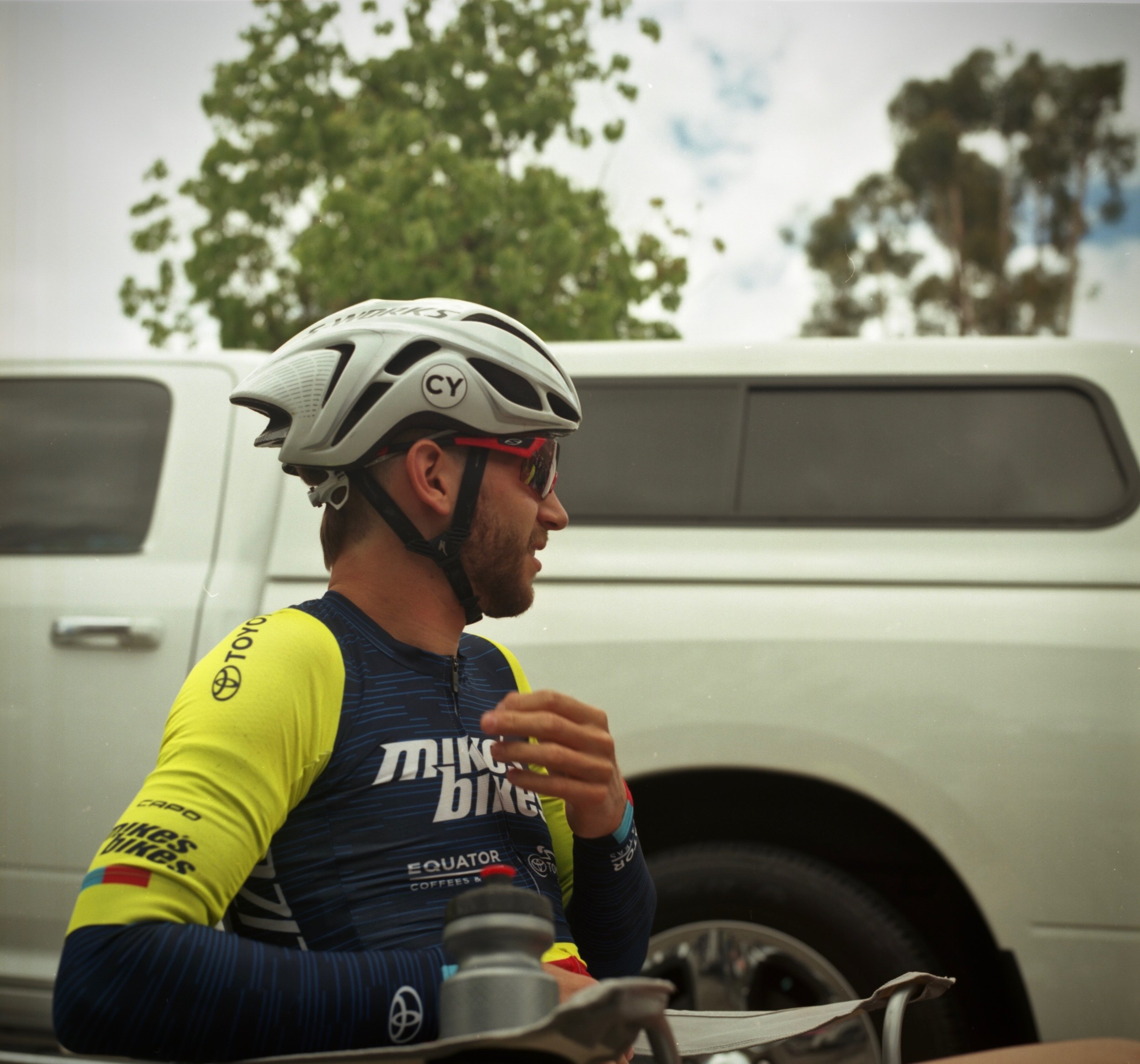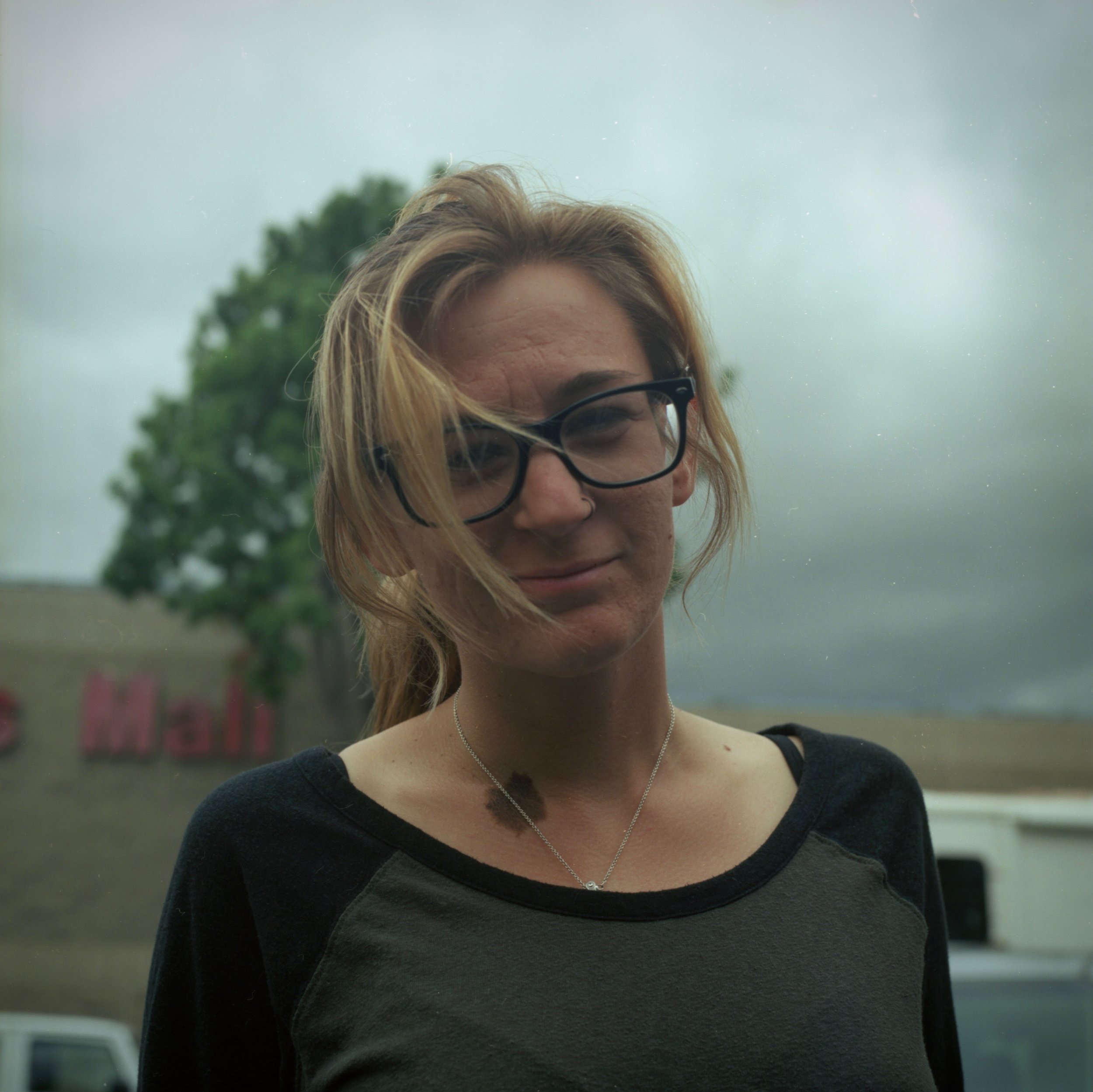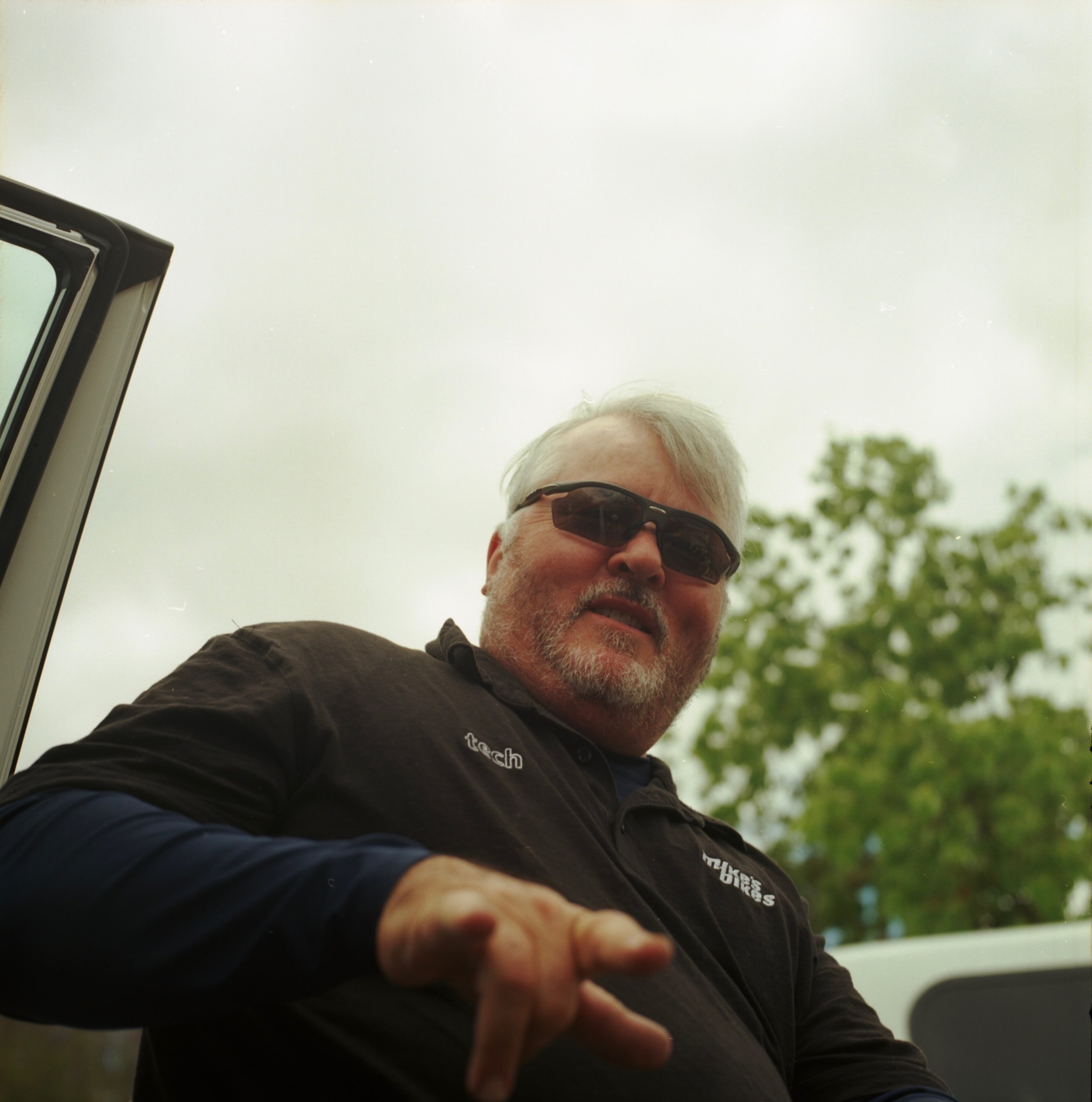Now, travel with me to one perhaps less familiar. It's still a parking lot, and still pretty damn early. But first, find yourself among redwoods, green hills, and a quiet town. North Bay, perhaps North Coast. Next, multiply the number of cars & people by about five. Add in a sponsor expo with swag, free nutrition, and generally stoked looking people happy to chat. Replace any impression of ego with conversation about past rides or the day ahead. Some here have shown up to race, some to ride hard, and some to finish. Some roll with the newest 39.75c 20-million TPI flat resistant cotton sidewall wet weather file treads, some with grip-shift 26-inch mountain bikes.
It's a Grasshopper Adventure Series. Long having been a cult attraction among NorCal cyclocrossers, mountain bikers, and adventure enthusiasts, it has grown in popularity with the droves of riders buying into the gravel market.
But by the types of people showing up each morning, you know it's bigger than a "mine's better than yours" consumer craze.Because when over 400 people show up on a given Saturday in rural Mendocino county to ride (or is it race?) their bikes on Miguel Crawford's road and gravel du jour, there's gonna be some variety. This is what sets these events apart. Hundreds of enthusiastic bike riders of all ages and abilities starting an adventure together. The skill level is all over the place but the stoke level is uniformly set to high.
And when I mean skill level, I mean good god, the skill level. Where else will you line up with the North American Cyclist of the Year (Katie Hall), former WorldTour pro and current gravel "pro" (Ted King), living legend in the cyclocross, endurance & enduro MTB (Geoff Kabush) and an O.G. gravel master and advocate (Yuri Hauswald)?
What other bike race has the assumption that everyone will go as hard as they want to, which generally means ridiculously hard, but in the most casual way possible? For those at the top of these events, it's a healthy dose of escape from off-the-line expectations so pervasive in road racing, but it still feeds the instinct to ride the legs off of your co-riders (or racers). On top of that, it tests your backwoods B roads & gravel handling skills against literally some of the best in the world.
So, with that, Low Gap. Up in Ukiah as an alternative to Old Caz (even gravel races suffer from permit issues. Until next year, dear friend...), the course featured 22 miles of road followed by 22 miles of dirt. What's both enticing and slightly terrifying about that in a Grasshopper is, unless you've ridden the course before (unlikely because of how remote these places are), "road" and "dirt" can mean any combination of things, from pristine mountain highway to bombed out chip seal, or from smoothly packed gravel to rutted, rooty, and muddy jeep tracks. You pick a bike & tire, if you can, and make it work. Send what ya show up with. Rung what ya brung. You get the idea, but unless you've done it you can't really understand how much fun it is.
The aforementioned idols of mine were all present, chatting it up with any one of the cheery 400 others crowding the lane at the start line. As is tradition, Miguel says a few words about the day, about the sponsors, with just barely enough time for us to cheer in thanks of his hard work. The countdown is changed and everyone rolls.
This route featured about a 20 minute road climb from the gun, which usually sets an interesting scenario in these events. Will the front group act cool and casual, staying together and chatting it up? It's not a race, after all. Or will someone go rogue and lay down the hammer? It can be made a race, after all. Today it was the latter, with a gung-ho guy on his road bike attacking the front and getting 500 meters on us pretty quickly.
I'm just as guilty as anyone to follow the action, and I admittedly wanted to test the climbing legs after some big blocks of training. Also, I'd seen in the past where someone is let go at the beginning, never to be seen again. These courses can be so gnarly that groups can't really work together to chase a strong solo or pair. Anyway, I set a good pace to reel him in. Mind you, I decided not to go full on roadie attack, because this isn't a race. About halfway up, I tacked onto his back wheel, at which point I looked back to find Ted King with me (not surprised) but also a Bear Dev Team rider on a mountain bike (surprised). Damn, that guy's gonna blow up at some point I immediately thought. It's a safe bet that anyone on Bear Dev is skilled and strong, but I didn't expect him to roll 2.3 mountain bike tires at our clip over 22 miles of pavement.












